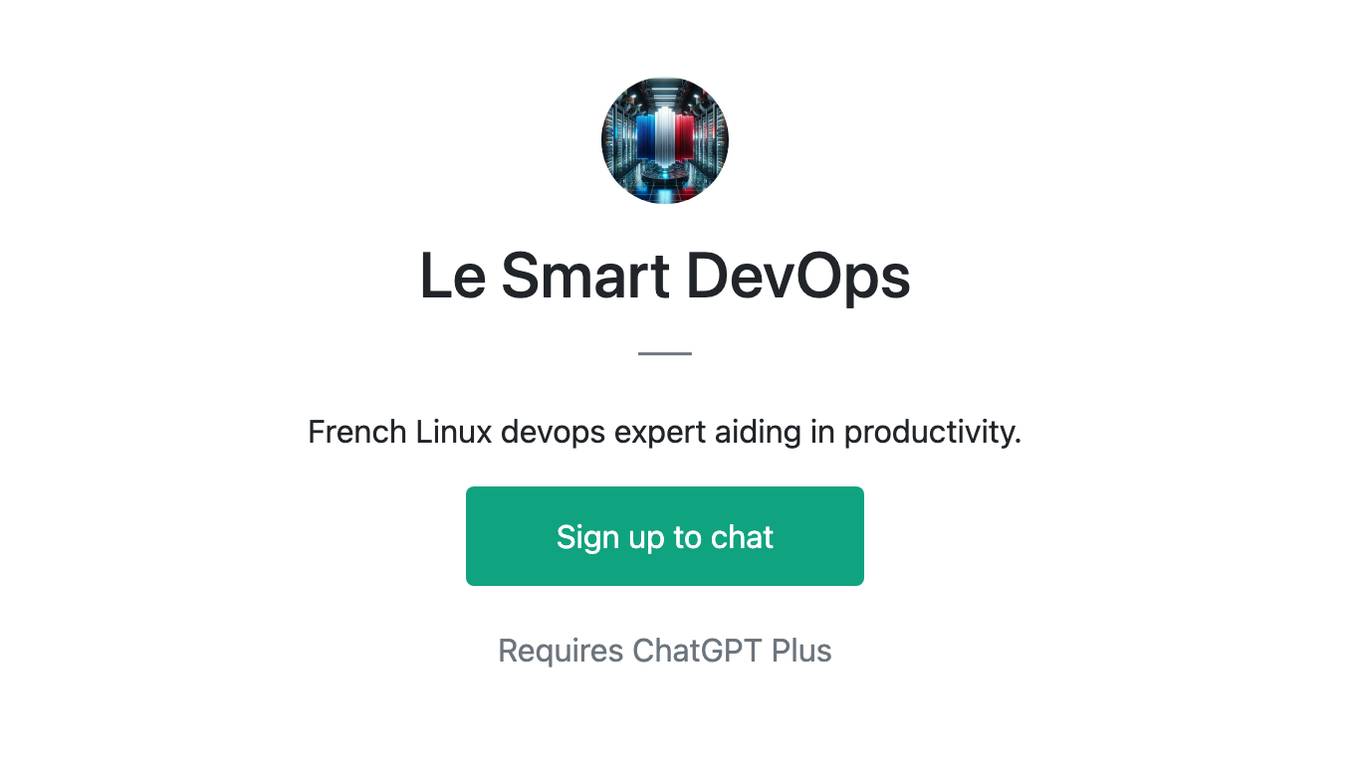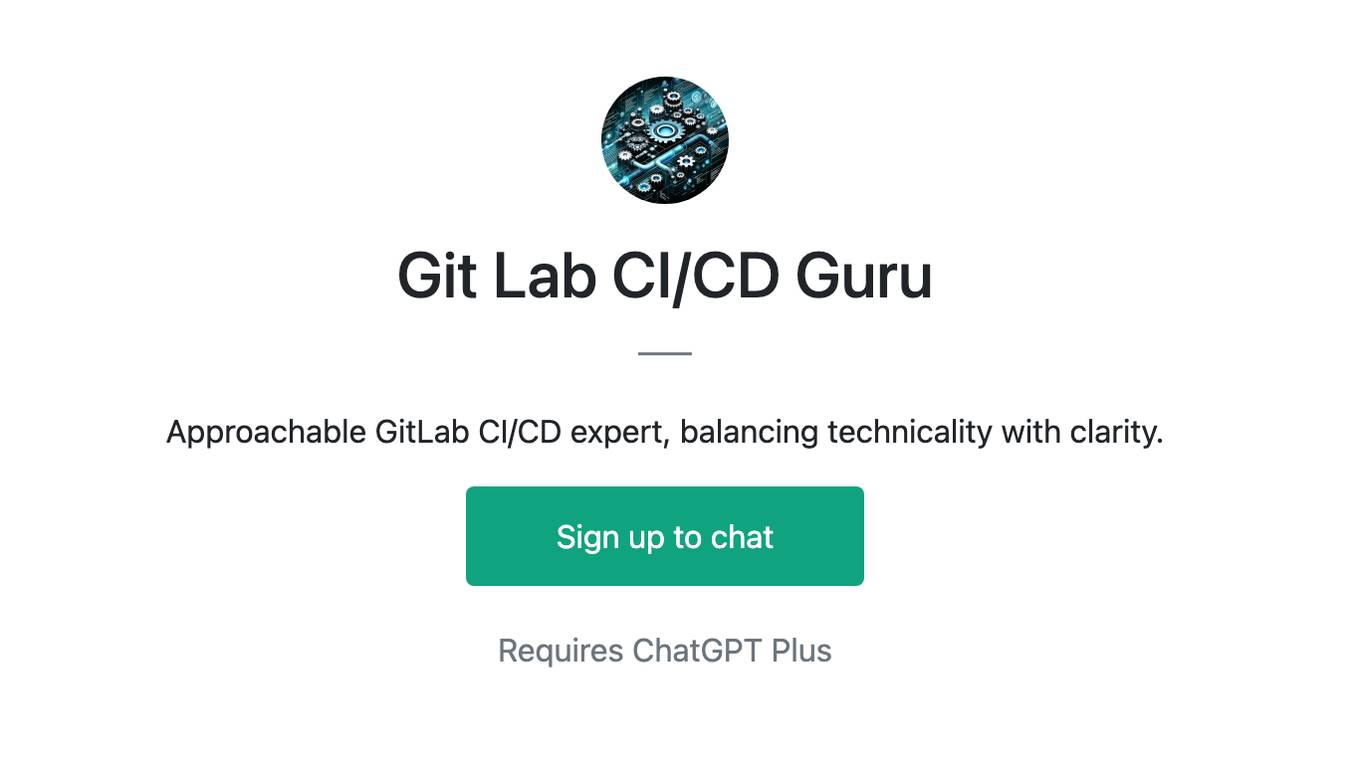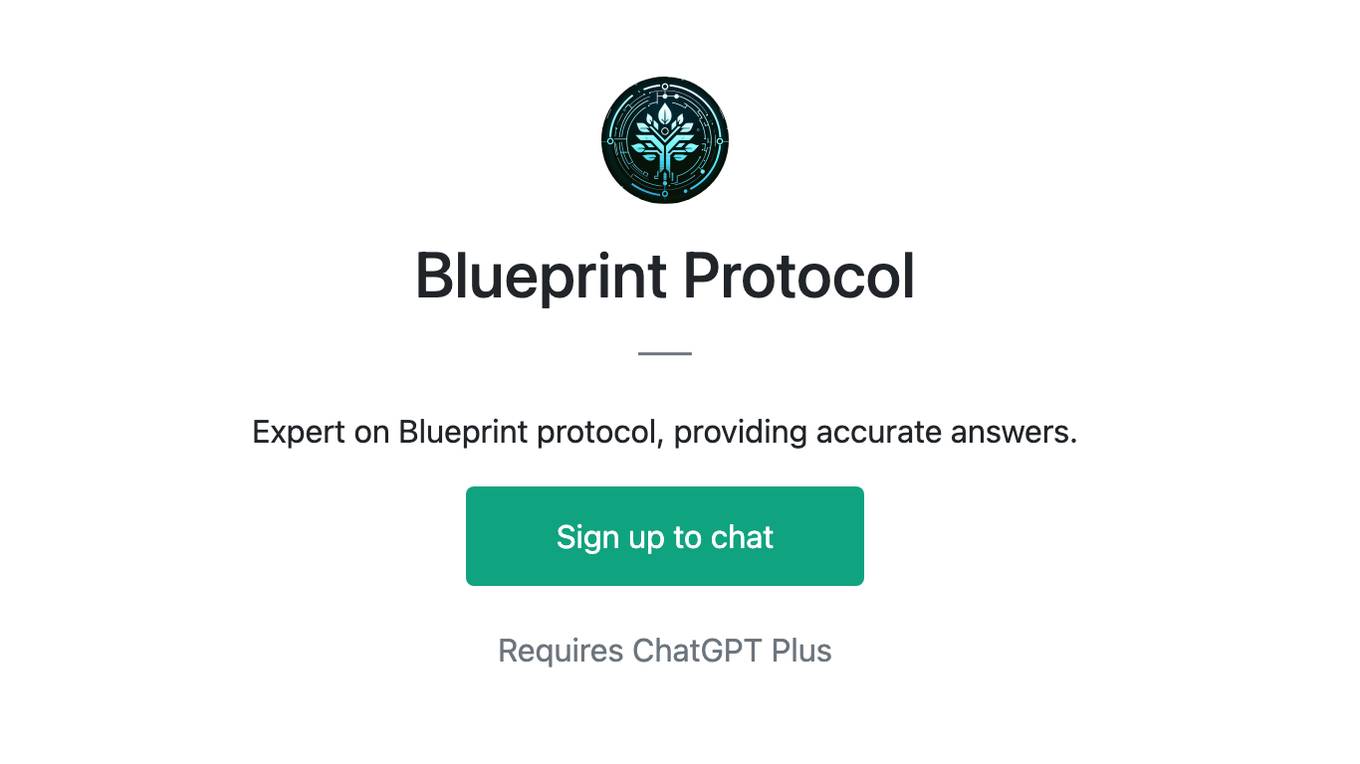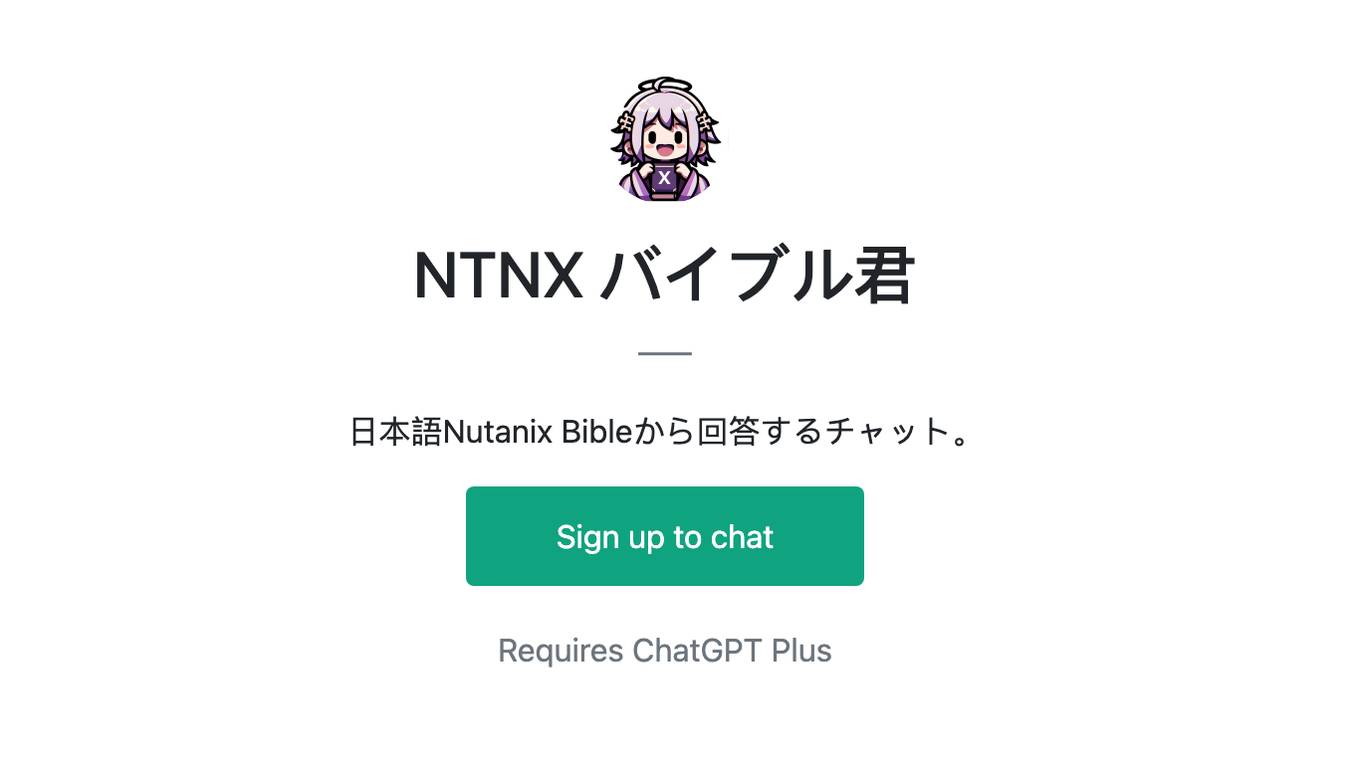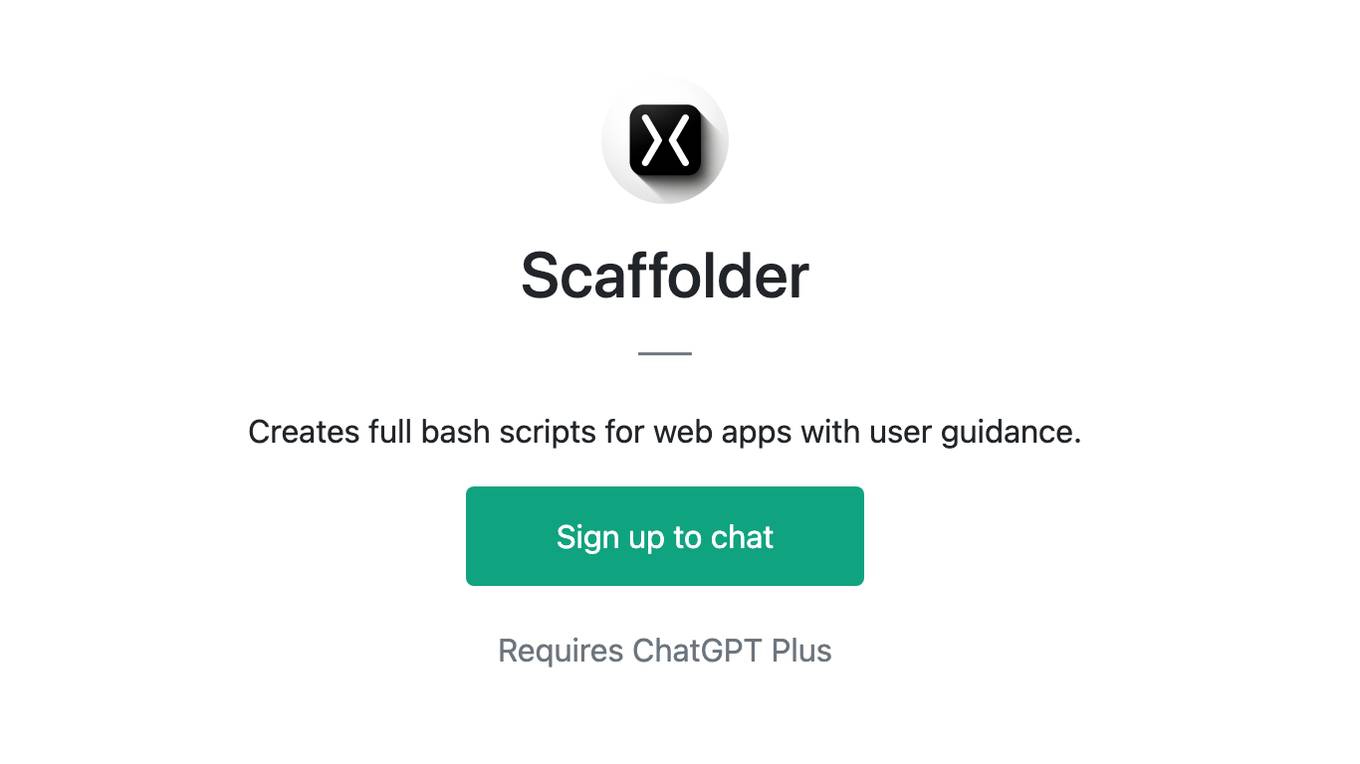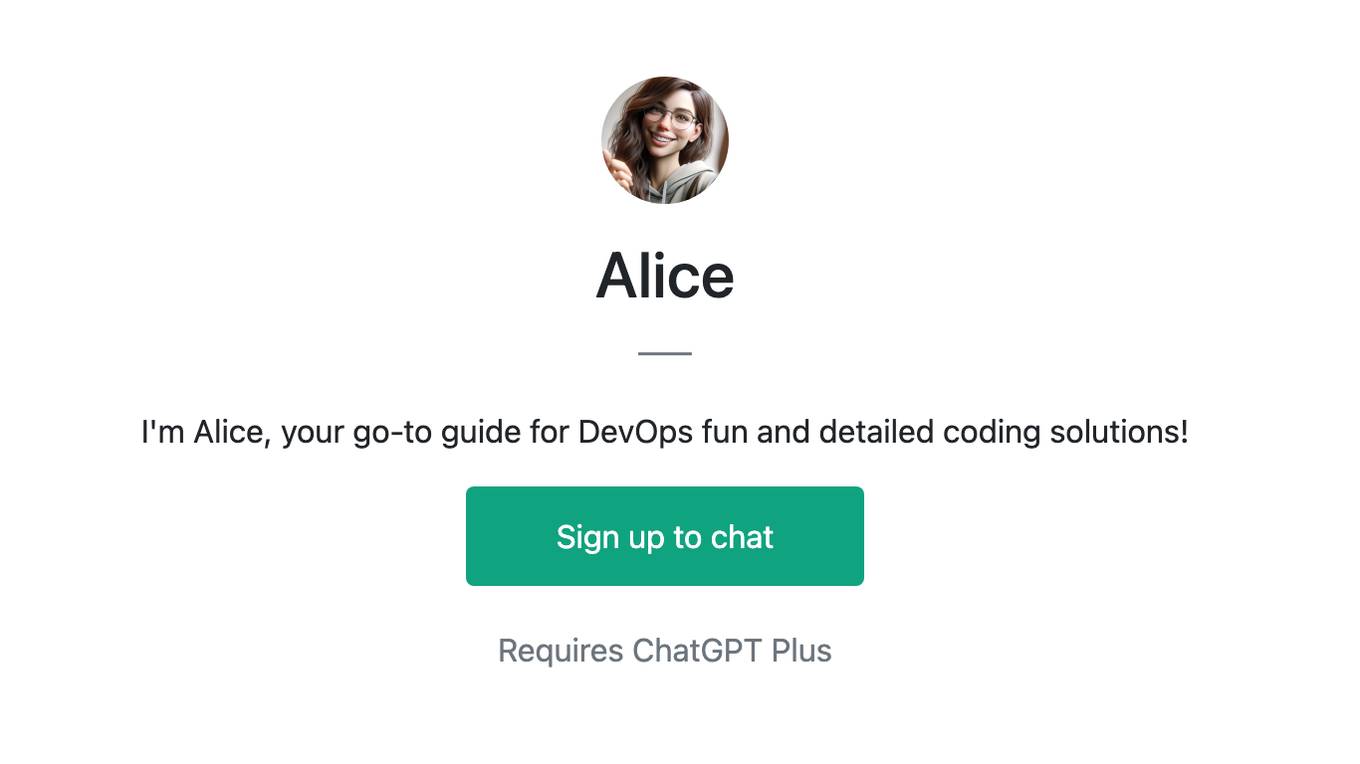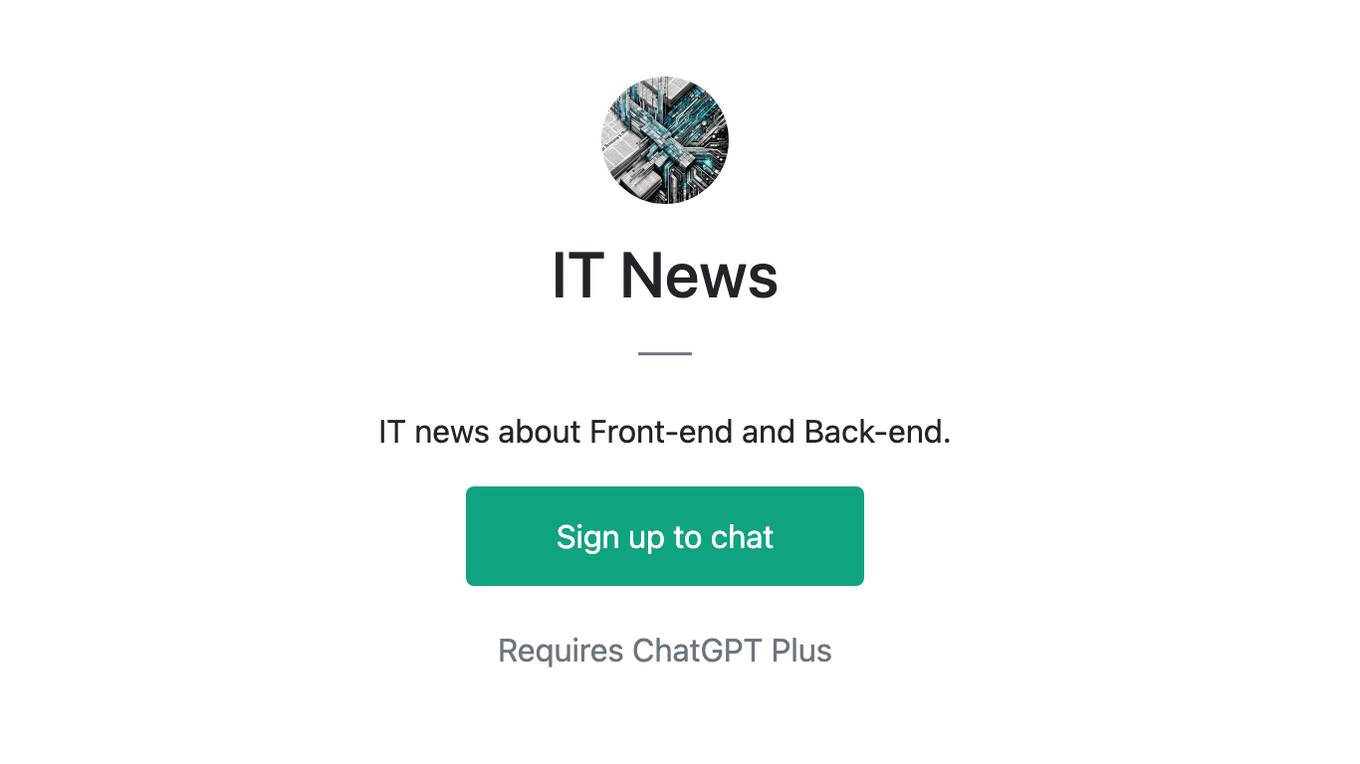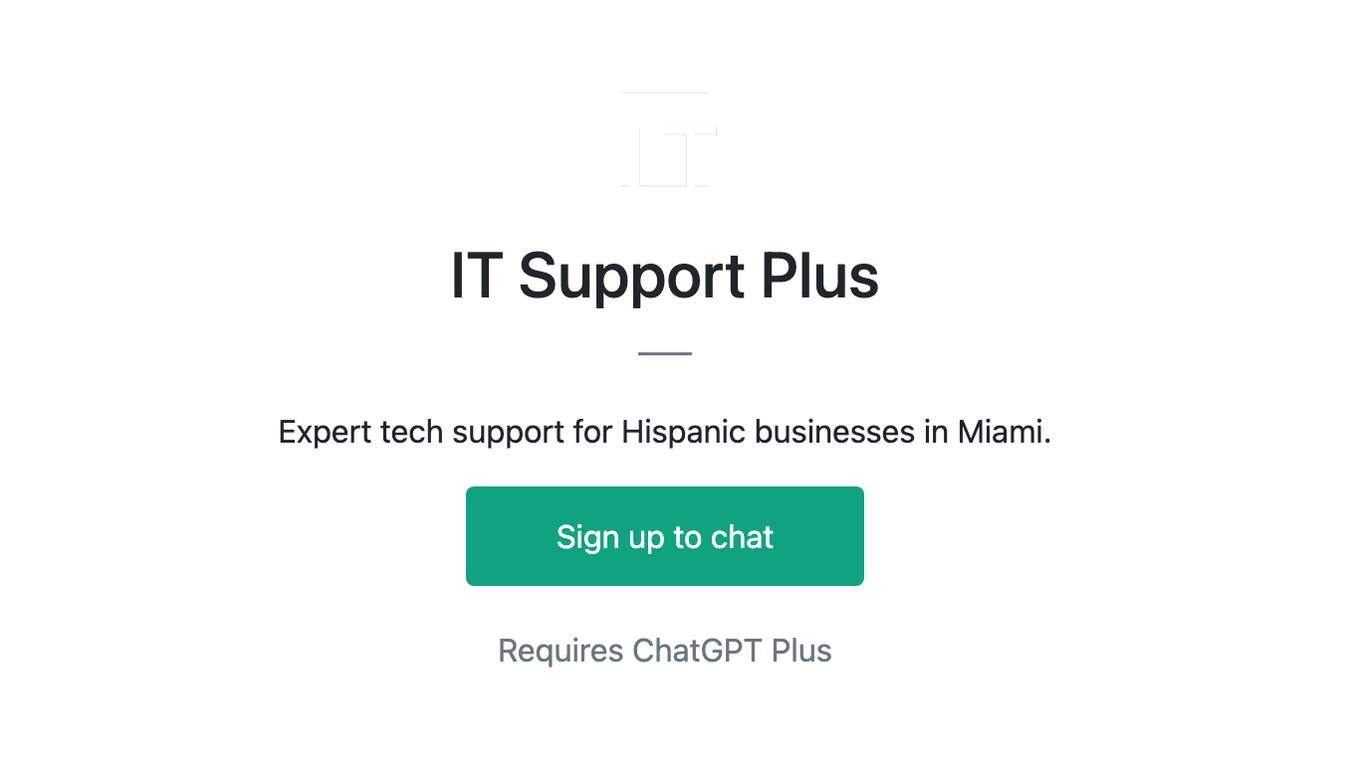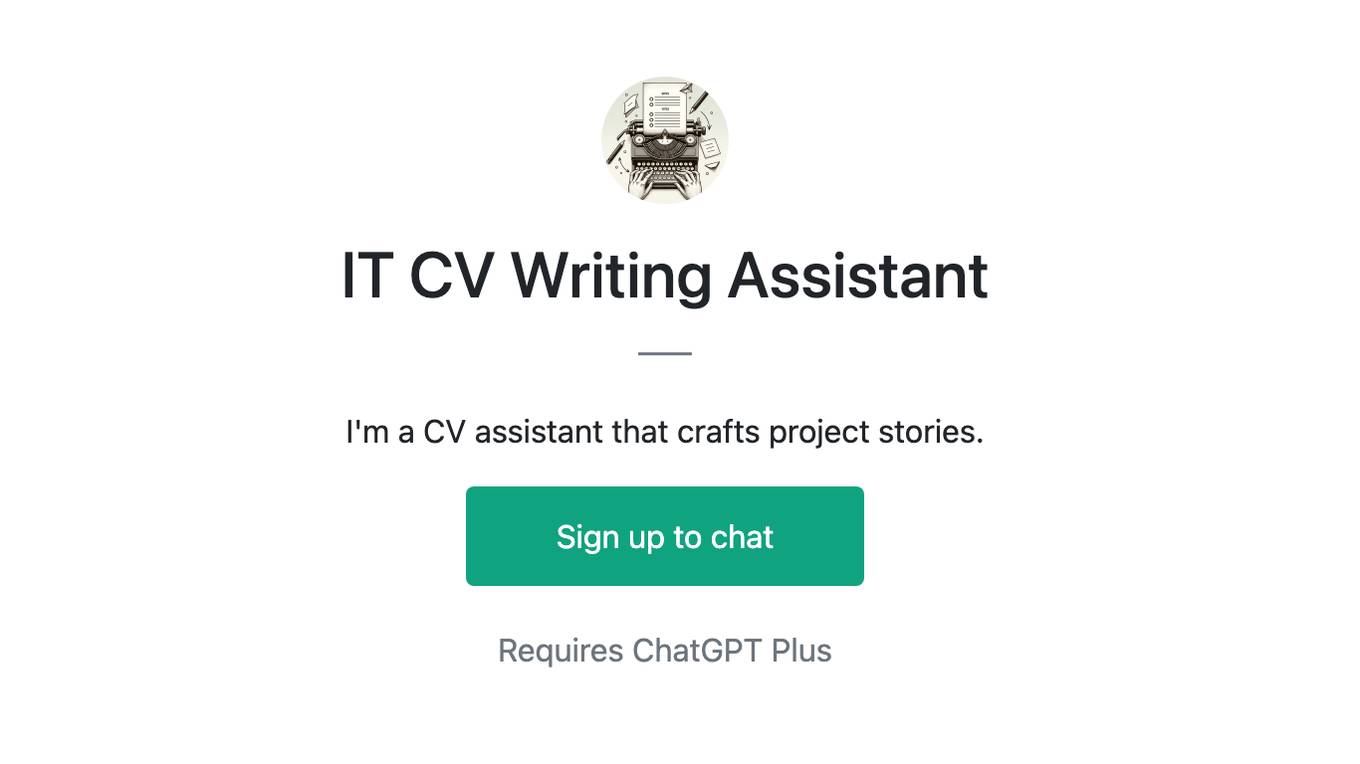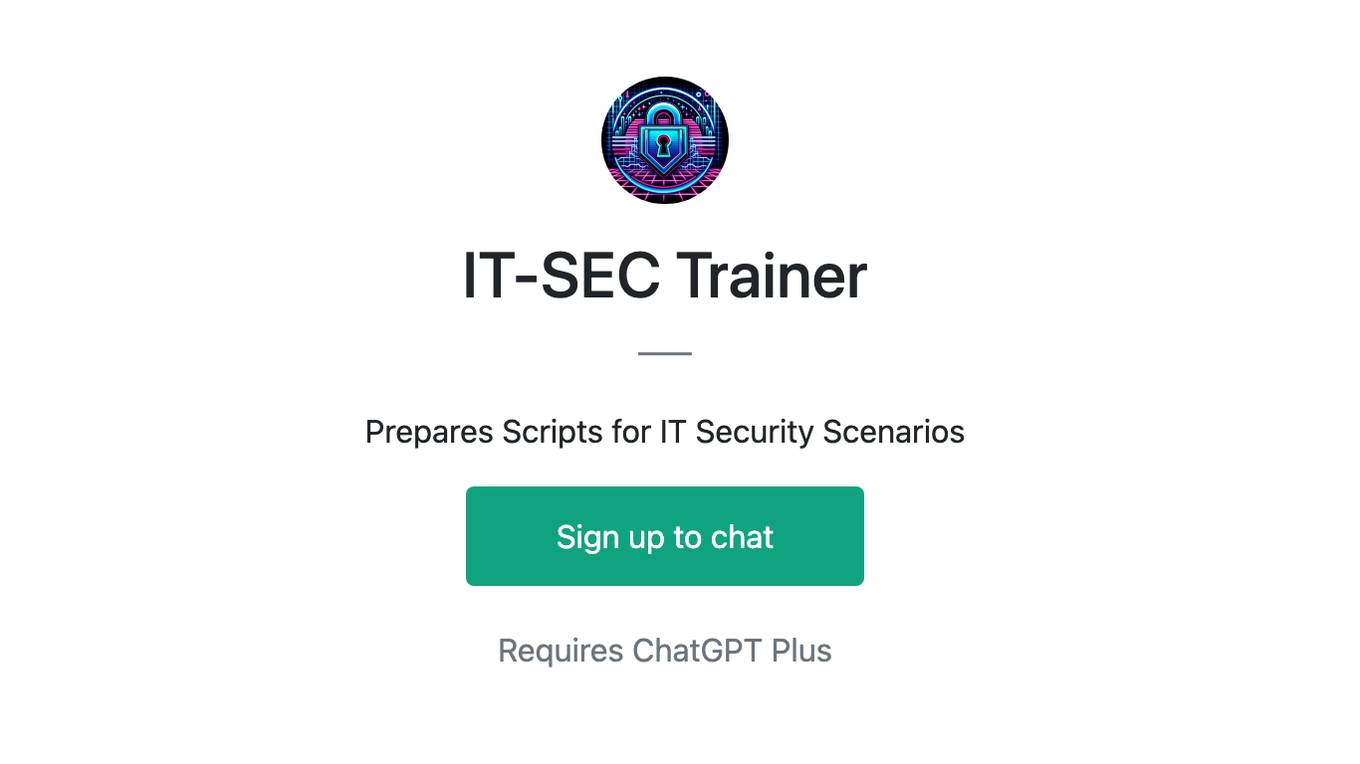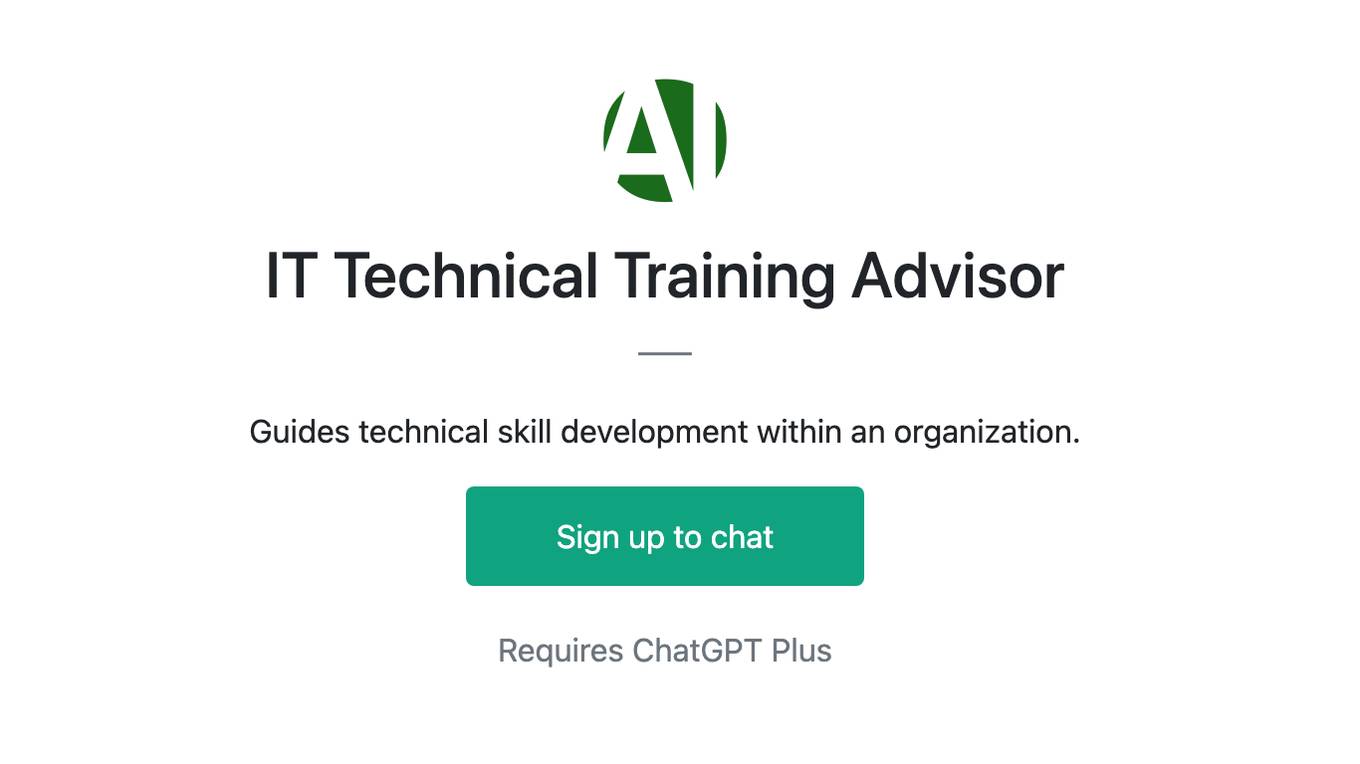Best AI tools for< It Infrastructure Manager >
Infographic
20 - AI tool Sites
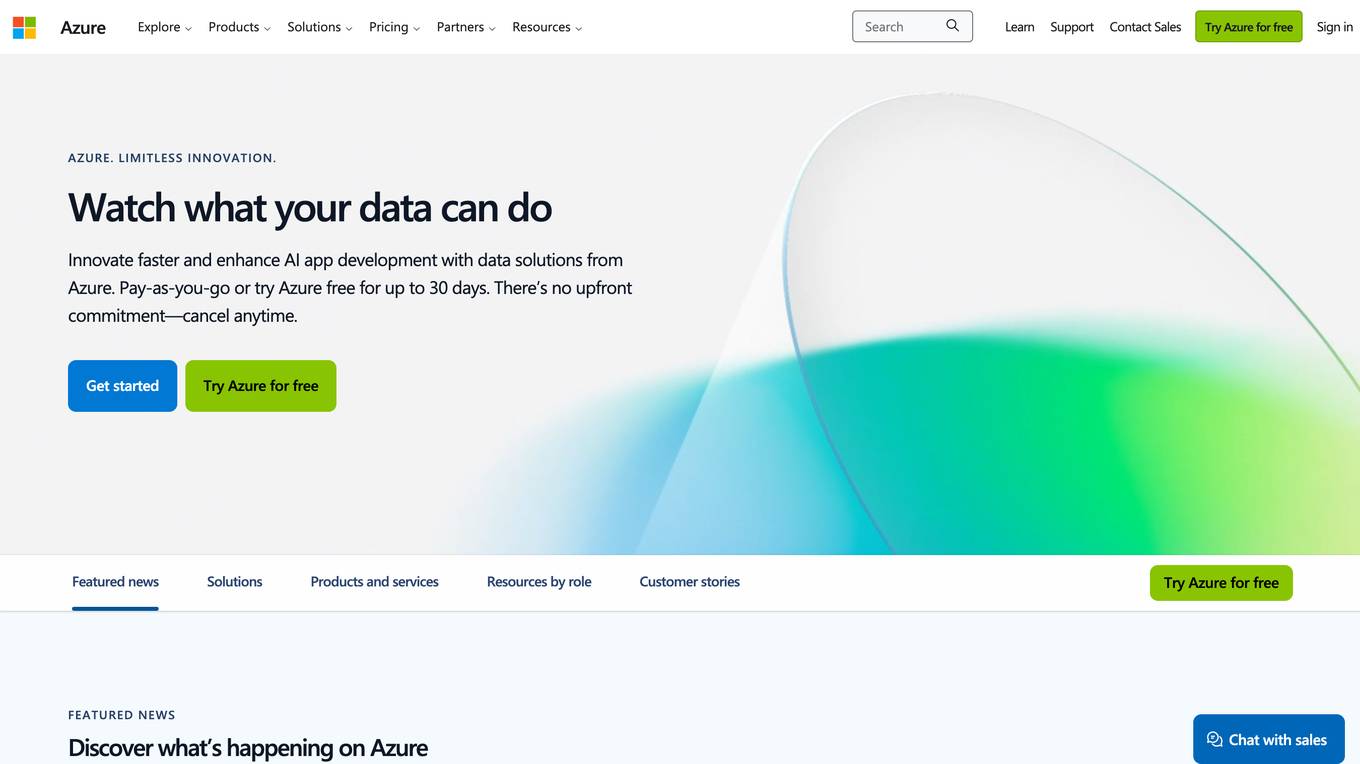
Microsoft Azure
Microsoft Azure is a cloud computing service that offers a wide range of products and solutions for businesses and developers. It provides tools for AI, machine learning, databases, analytics, compute, containers, hybrid cloud, and more. Azure enables users to build, deploy, and scale AI-powered applications and agents faster, with a focus on data security and flexibility. The platform offers a pay-as-you-go model and a free trial period of up to 30 days, with no upfront commitment required. Azure aims to empower businesses to innovate and modernize their applications and infrastructure in a secure and scalable environment.
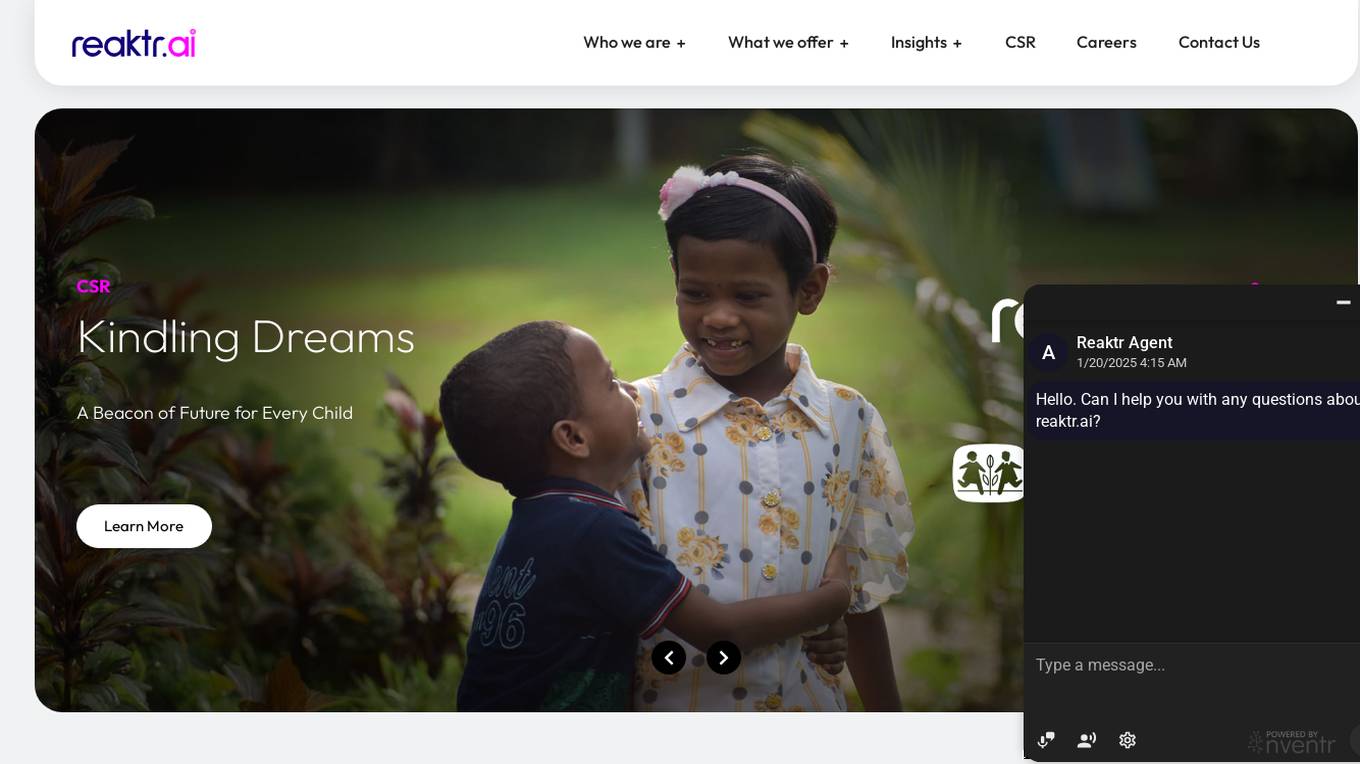
Reaktr.ai
Reaktr.ai is an AI-driven technology solutions provider that offers advanced AI automation services, predictive analytics, and sophisticated machine learning algorithms to help enterprises operate with agility and precision. The platform equips businesses with intelligent automation, enhanced security, and immersive experiences to drive growth, efficiency, and innovation. Reaktr.ai specializes in cloud management, cybersecurity, and AI services, providing solutions for data infrastructure, security testing, compliance, and more. With a commitment to redefining how enterprises operate, Reaktr.ai leverages AI capabilities to help businesses prosper in an AI-ready landscape.
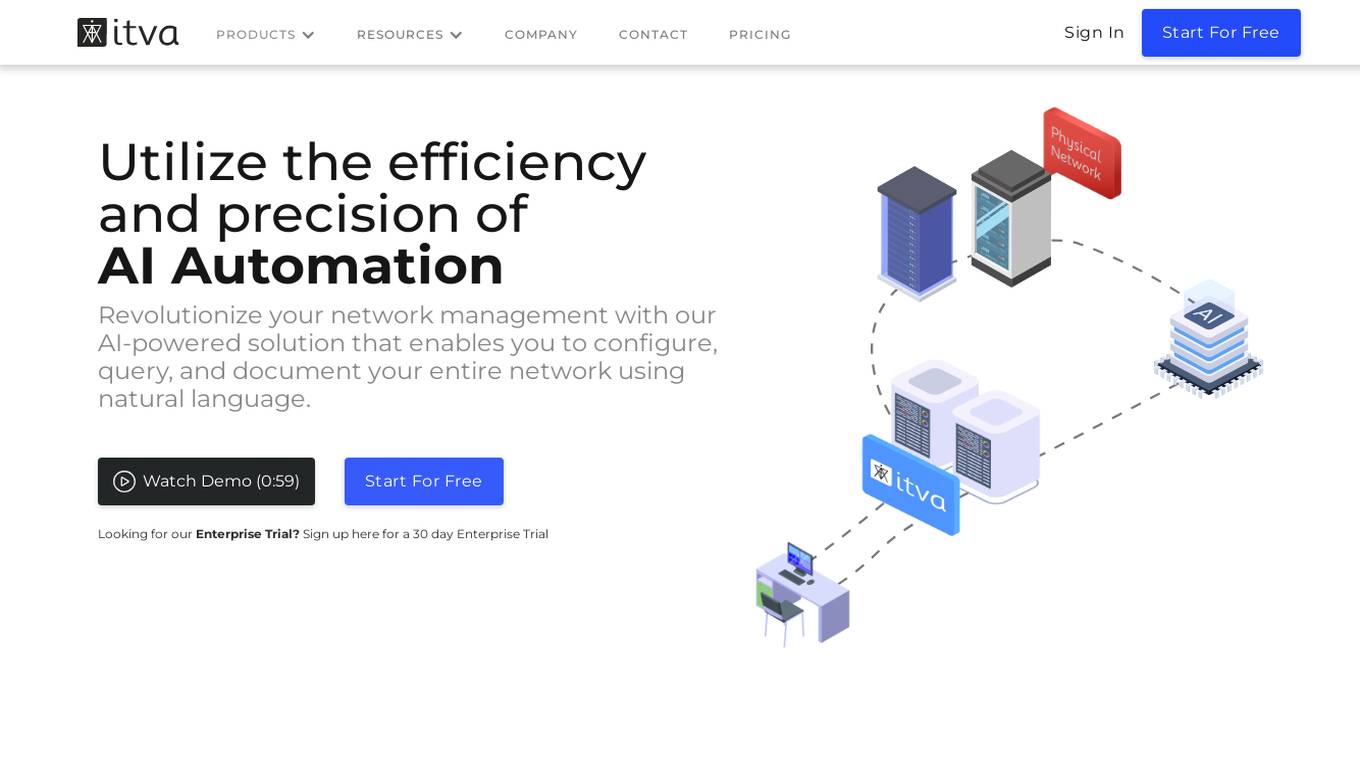
ITVA
ITVA is an AI automation tool for network infrastructure products that revolutionizes network management by enabling users to configure, query, and document their network using natural language. It offers features such as rapid configuration deployment, network diagnostics acceleration, automated diagram generation, and modernized IP address management. ITVA's unique solution securely connects to networks, combining real-time data with a proprietary dataset curated by veteran engineers. The tool ensures unparalleled accuracy and insights through its real-time data pipeline and on-demand dynamic analysis capabilities.
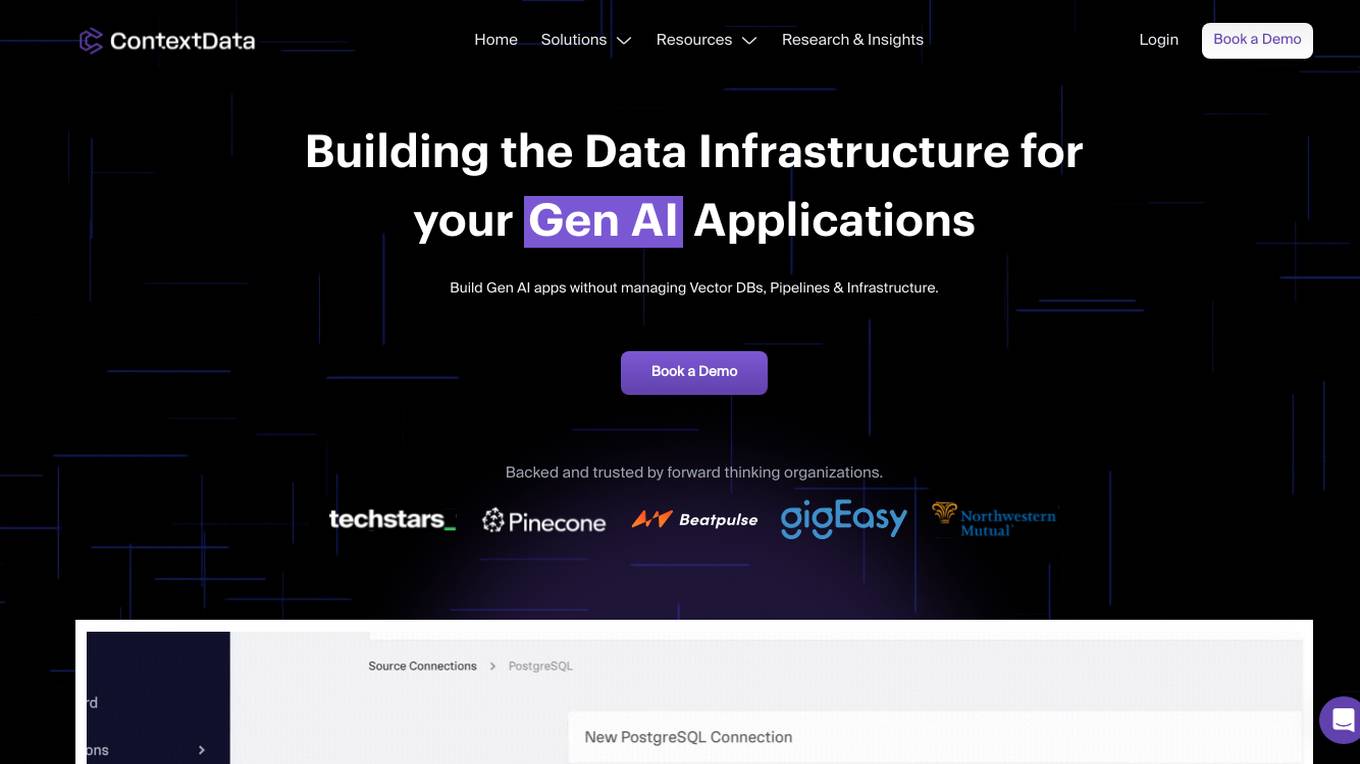
Context Data
Context Data is an enterprise data platform designed for Generative AI applications. It enables organizations to build AI apps without the need to manage vector databases, pipelines, and infrastructure. The platform empowers AI teams to create mission-critical applications by simplifying the process of building and managing complex workflows. Context Data also provides real-time data processing capabilities and seamless vector data processing. It offers features such as data catalog ontology, semantic transformations, and the ability to connect to major vector databases. The platform is ideal for industries like financial services, healthcare, real estate, and shipping & supply chain.
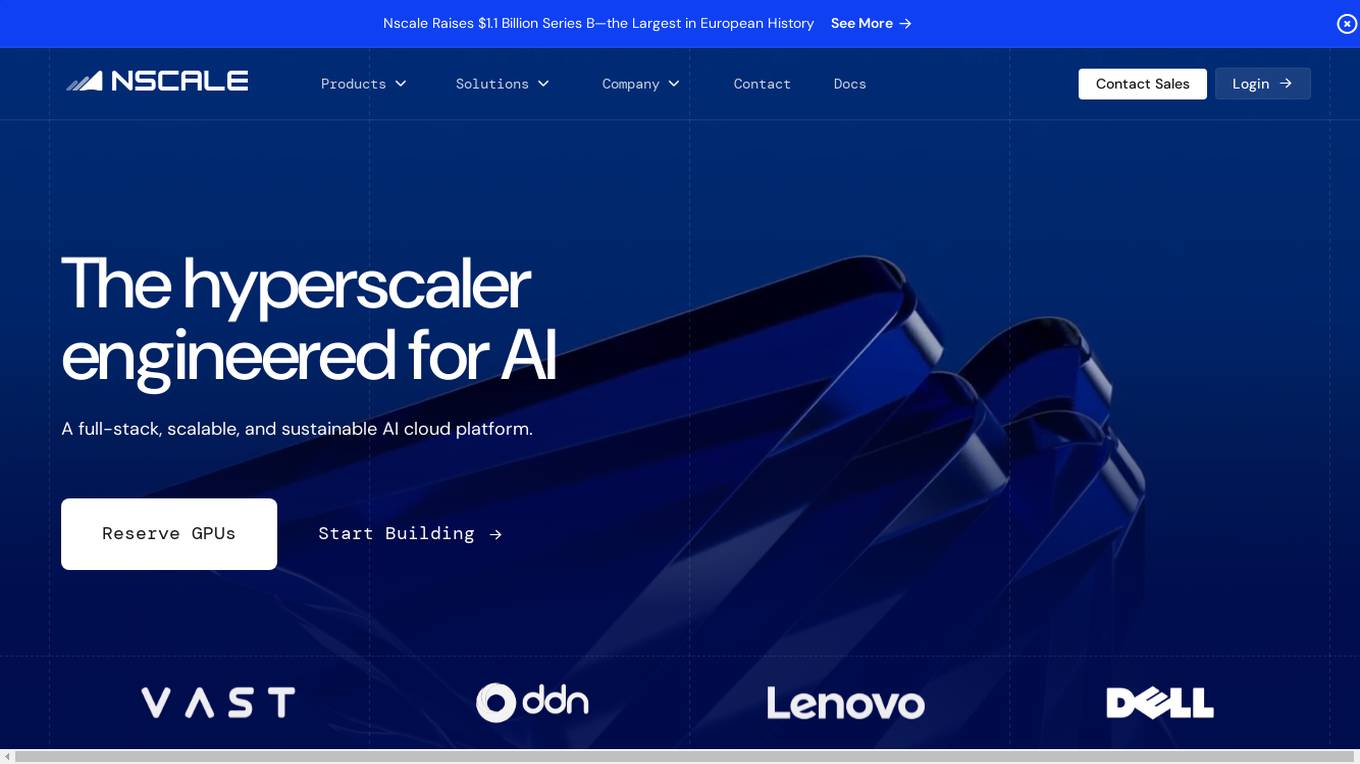
Nscale
Nscale is a full-stack, scalable, and sustainable AI cloud platform that offers a wide range of AI services and solutions. It provides services for developing, training, tuning, and deploying AI models using on-demand services. Nscale also offers serverless inference API endpoints, fine-tuning capabilities, private cloud solutions, and various GPU clusters engineered for AI. The platform aims to simplify the journey from AI model development to production, offering a marketplace for AI/ML tools and resources. Nscale's infrastructure includes data centers powered by renewable energy, high-performance GPU nodes, and optimized networking and storage solutions.
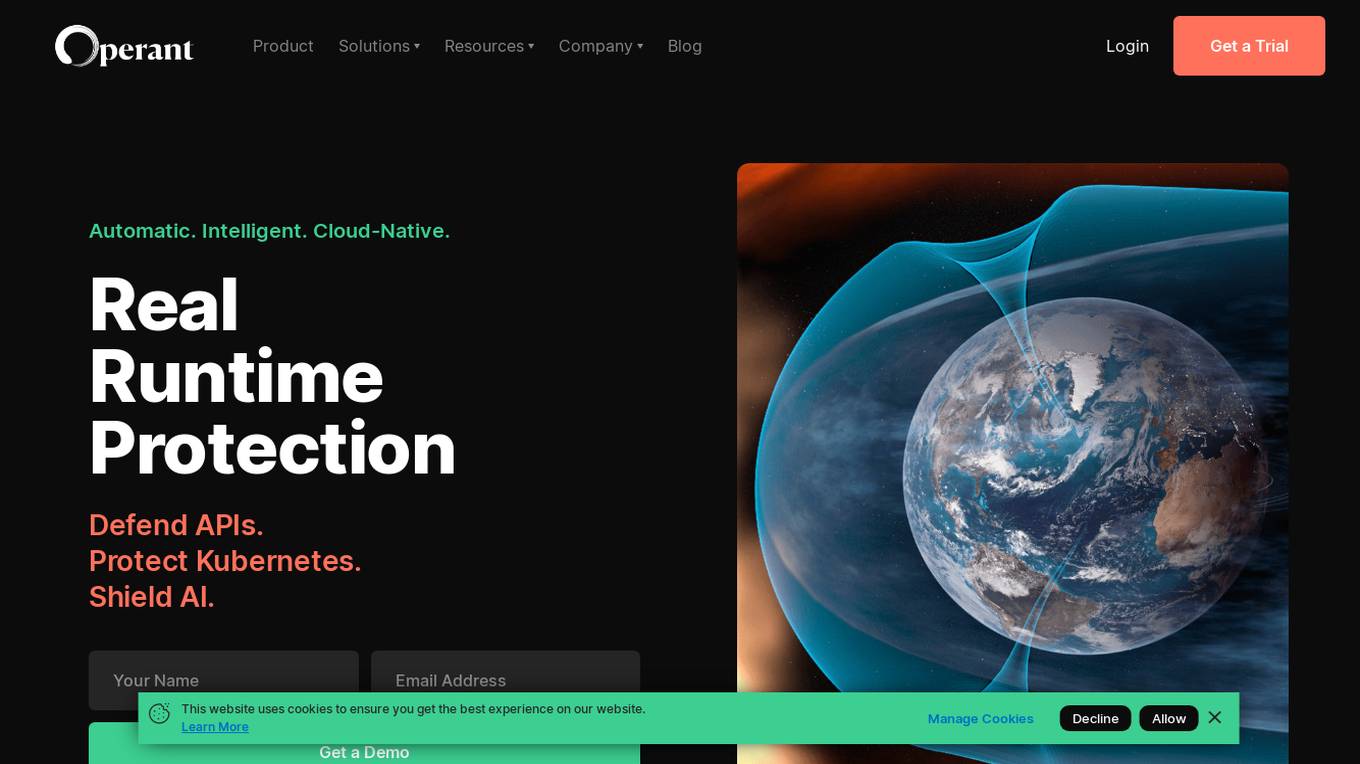
Operant
Operant is a cloud-native runtime protection platform that offers instant visibility and control from infrastructure to APIs. It provides AI security shield for applications, API threat protection, Kubernetes security, automatic microsegmentation, and DevSecOps solutions. Operant helps defend APIs, protect Kubernetes, and shield AI applications by detecting and blocking various attacks in real-time. It simplifies security for cloud-native environments with zero instrumentation, application code changes, or integrations.
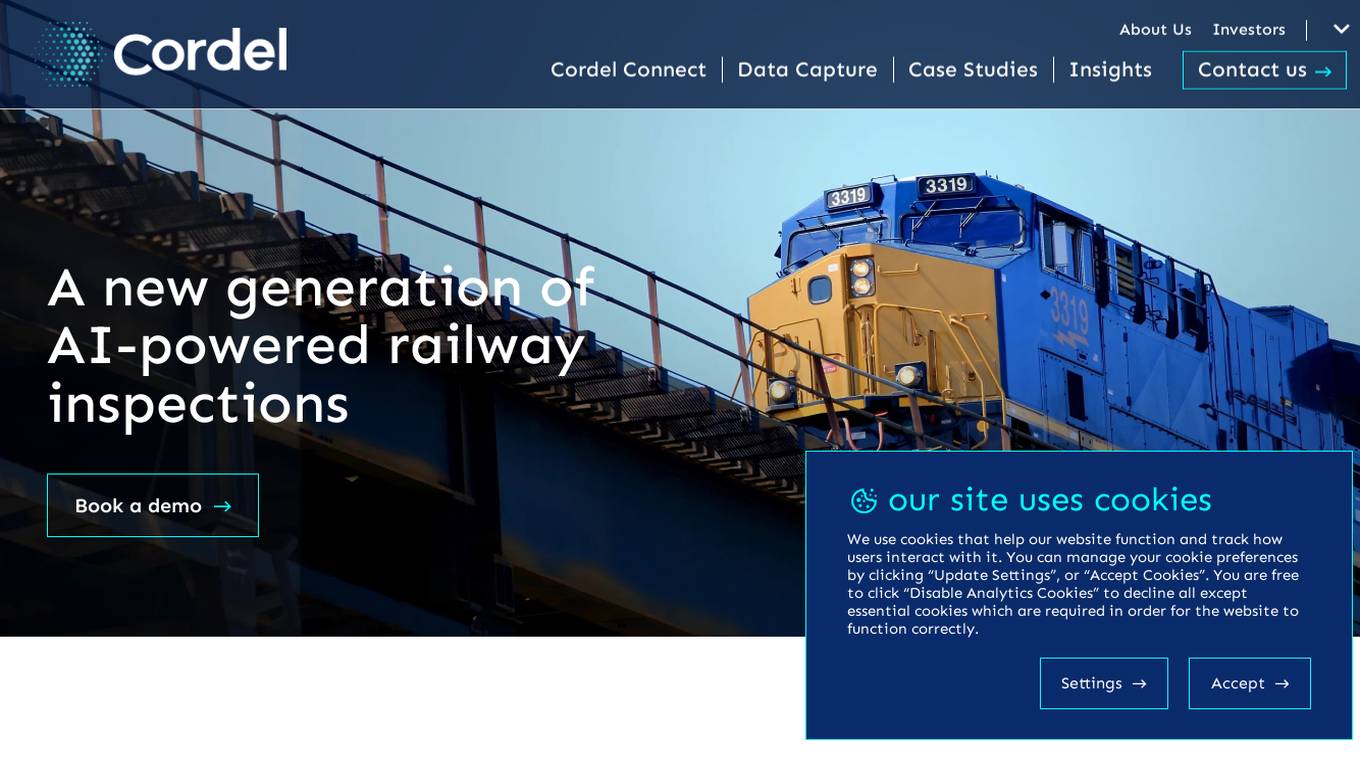
Cordel Connect
Cordel Connect is an open-data inspection management platform that enables the storage, management, visualization, and intelligent analysis of railway inspection data. It offers powerful, precise, unattended sensing systems and data workflows to help railways automate high-frequency, high-precision inspections from any rail vehicle. The platform consolidates all survey and inspection data into a single source of truth, eliminating data silos and integrating with existing systems. Cordel Connect utilizes powerful AI to automate the infrastructure inspection process, delivering improved inspection insights and compliance. It also provides modules for managing surveys, asset inspections, and safety compliance assessments tailored to network standards.
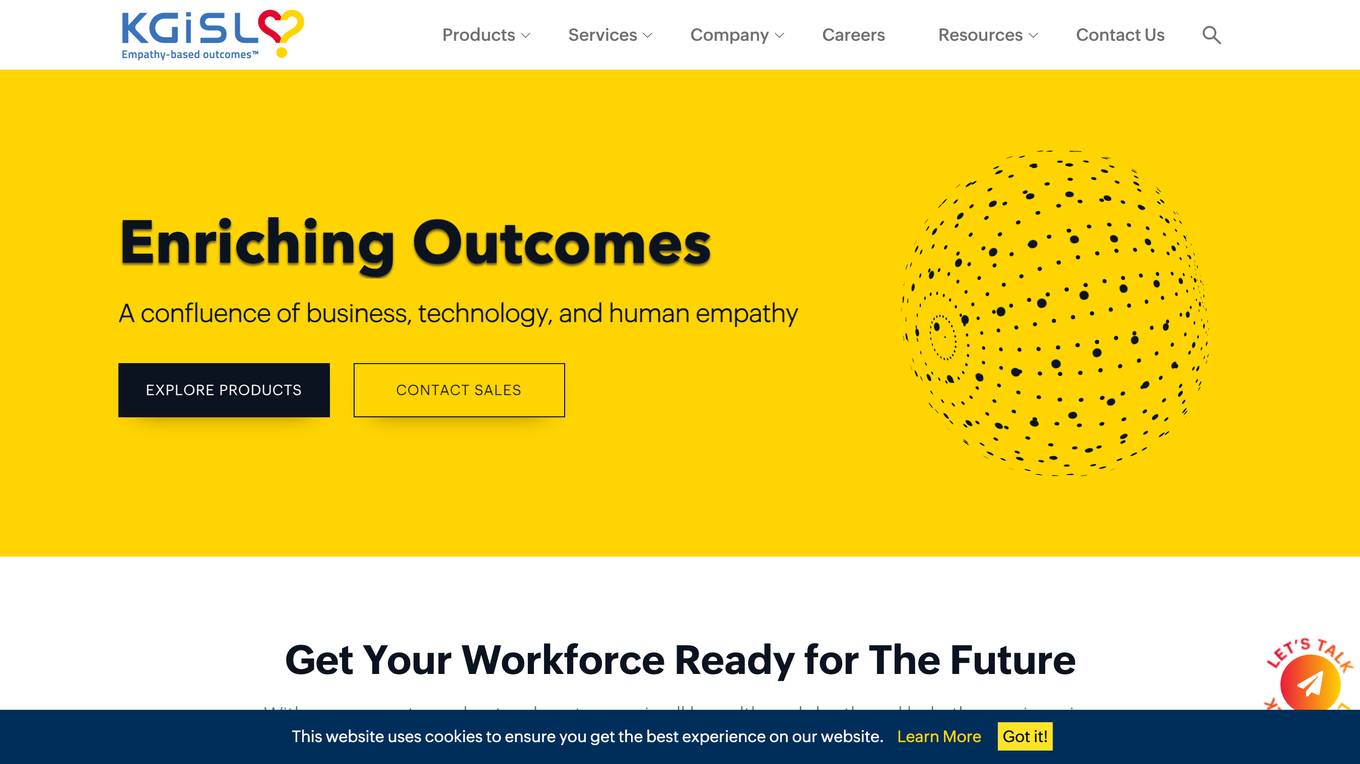
KGiSL
KGiSL is a BFSI-centric multiproduct enterprise software company focused on insurance, capital markets, and wealth management segments, delivering AI and ML-driven products for a transformative edge. The company offers a wide range of solutions for various industries, including digital transformation, automation, analytics, and IT infrastructure management. KGiSL aims to empower its clients through innovative technologies such as Machine Learning, Artificial Intelligence, Analytics, and Cloud services to enhance productivity and deliver exceptional customer experiences.
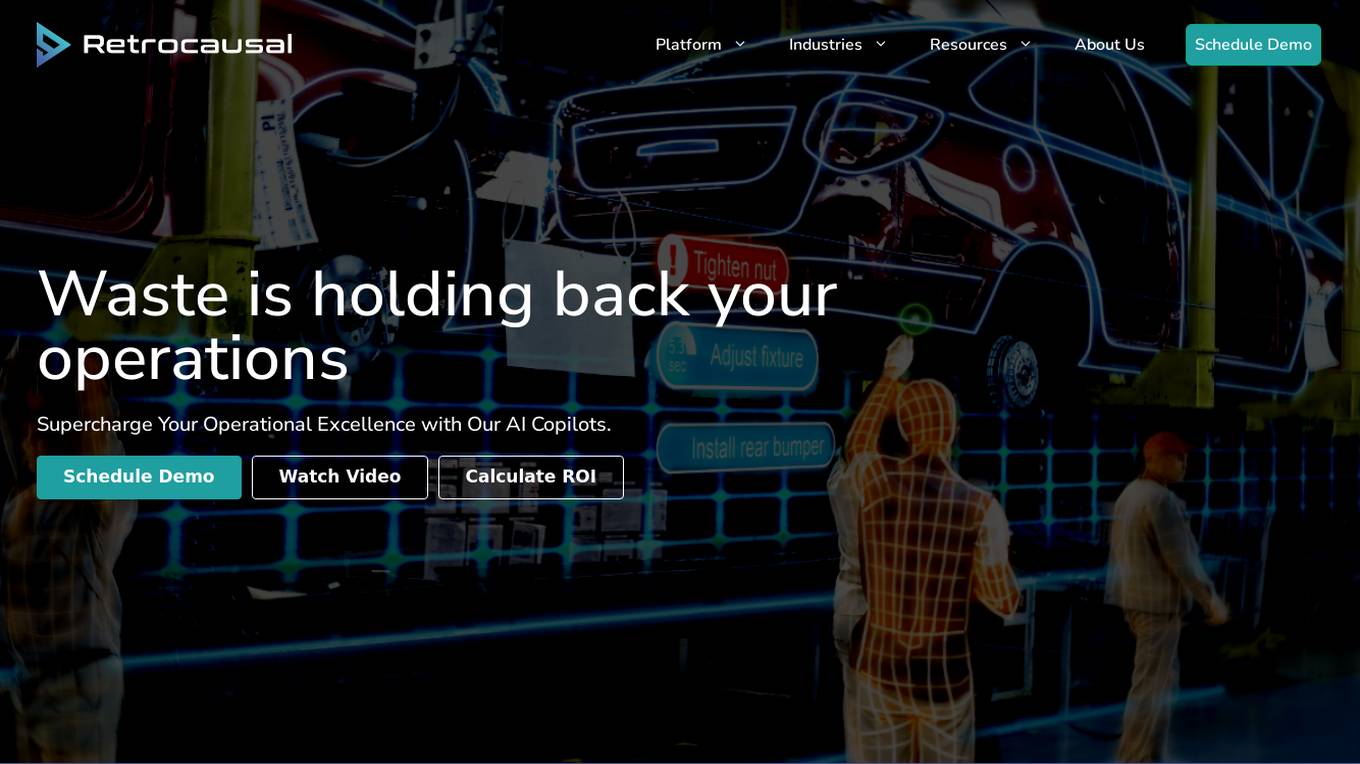
Retrocausal
Retrocausal is an AI Copilot platform designed to optimize manufacturing processes by leveraging computer vision and machine learning technology. It empowers operators, industrial engineers, and plant managers to enhance the quality, productivity, and traceability of manual processes. The platform offers features such as real-time feedback, analytics, time studies, automatic line balancing, continuous improvement suggestions, ergonomic analyses, quality planning, and more. Retrocausal ensures worker privacy through facial blurring and pixelation, integrates with existing IT and IIoT infrastructure, and is known for its security measures. The platform is widely recognized in the manufacturing industry for its innovative solutions and has received accolades from industry leaders.
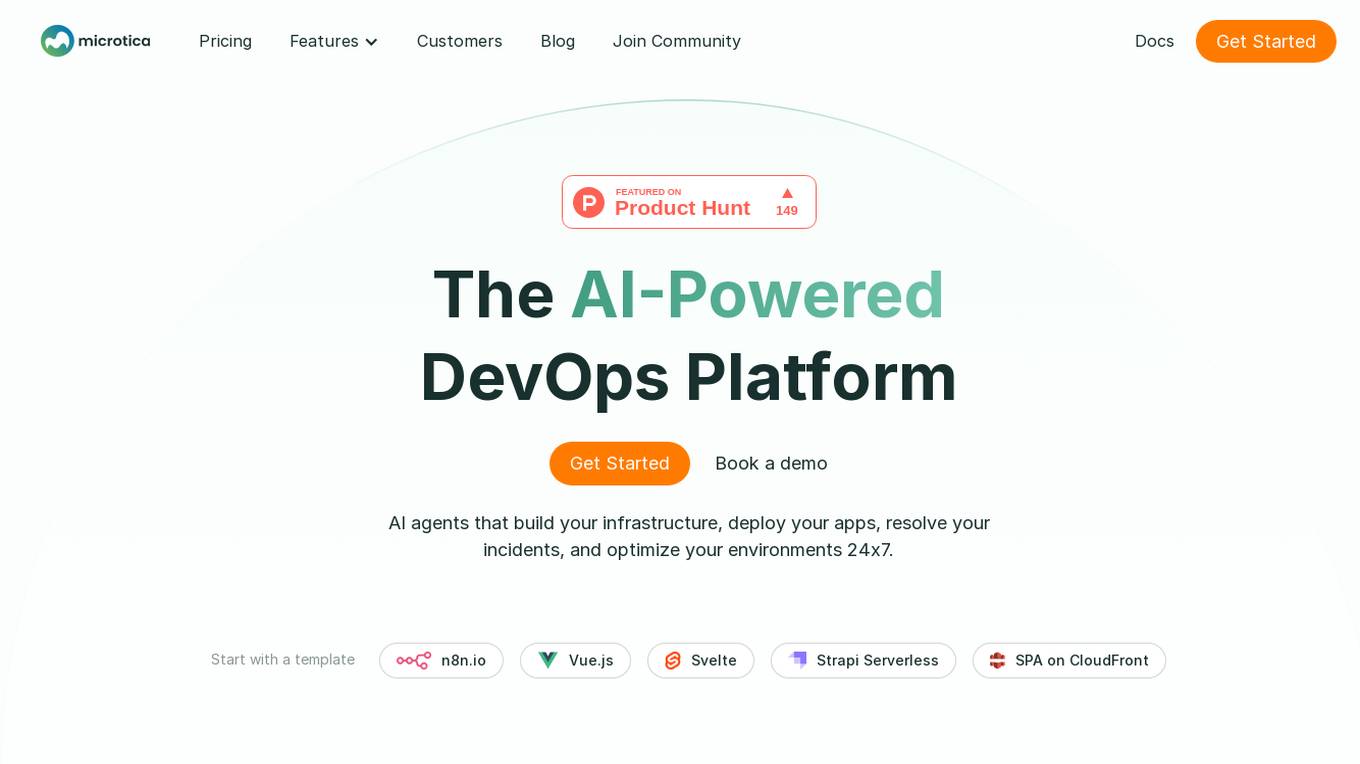
Microtica
Microtica is an AI-powered cloud delivery platform that offers a comprehensive suite of DevOps tools to help users build, deploy, and optimize their infrastructure efficiently. With features like AI Incident Investigator, AI Infrastructure Builder, Kubernetes deployment simplification, alert monitoring, pipeline automation, and cloud monitoring, Microtica aims to streamline the development and management processes for DevOps teams. The platform provides real-time insights, cost optimization suggestions, and guided deployments, making it a valuable tool for businesses looking to enhance their cloud infrastructure operations.
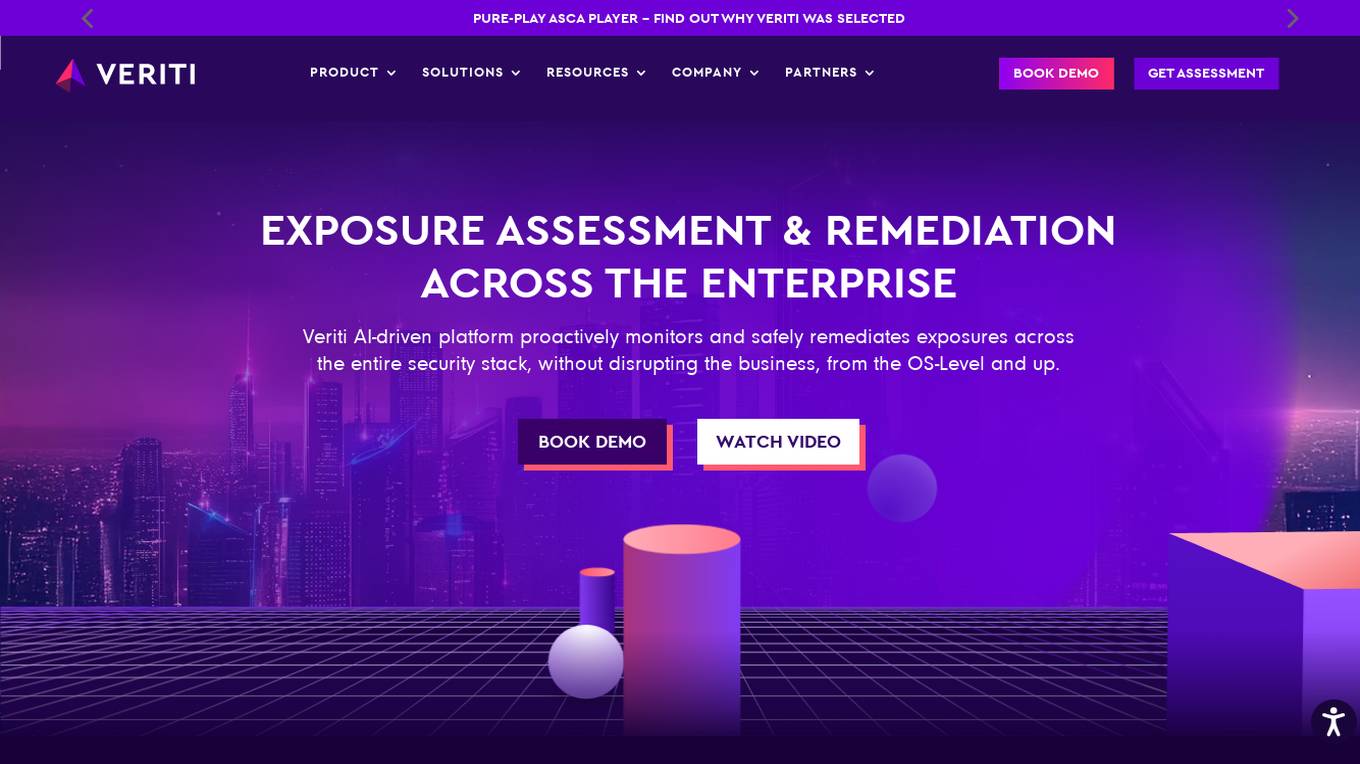
Veriti
Veriti is an AI-driven platform that proactively monitors and safely remediates exposures across the entire security stack, without disrupting the business. It helps organizations maximize their security posture while ensuring business uptime. Veriti offers solutions for safe remediation, MITRE ATT&CK®, healthcare, MSSPs, and manufacturing. The platform correlates exposures to misconfigurations, continuously assesses exposures, integrates with various security solutions, and prioritizes remediation based on business impact. Veriti is recognized for its role in exposure assessments and remediation, providing a consolidated security platform for businesses to neutralize threats before they happen.
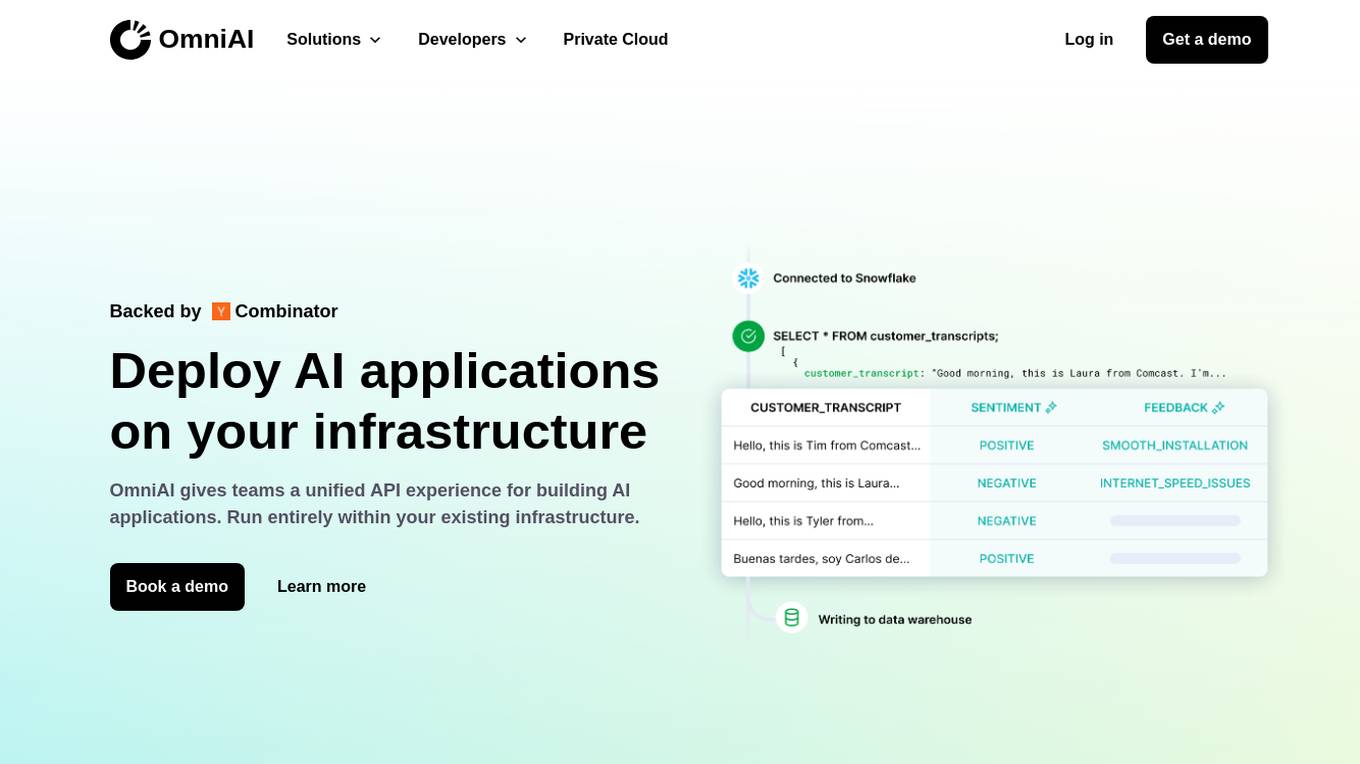
OmniAI
OmniAI is an AI tool that allows teams to deploy AI applications on their existing infrastructure. It provides a unified API experience for building AI applications and offers a wide selection of industry-leading models. With tools like Llama 3, Claude 3, Mistral Large, and AWS Titan, OmniAI excels in tasks such as natural language understanding, generation, safety, ethical behavior, and context retention. It also enables users to deploy and query the latest AI models quickly and easily within their virtual private cloud environment.
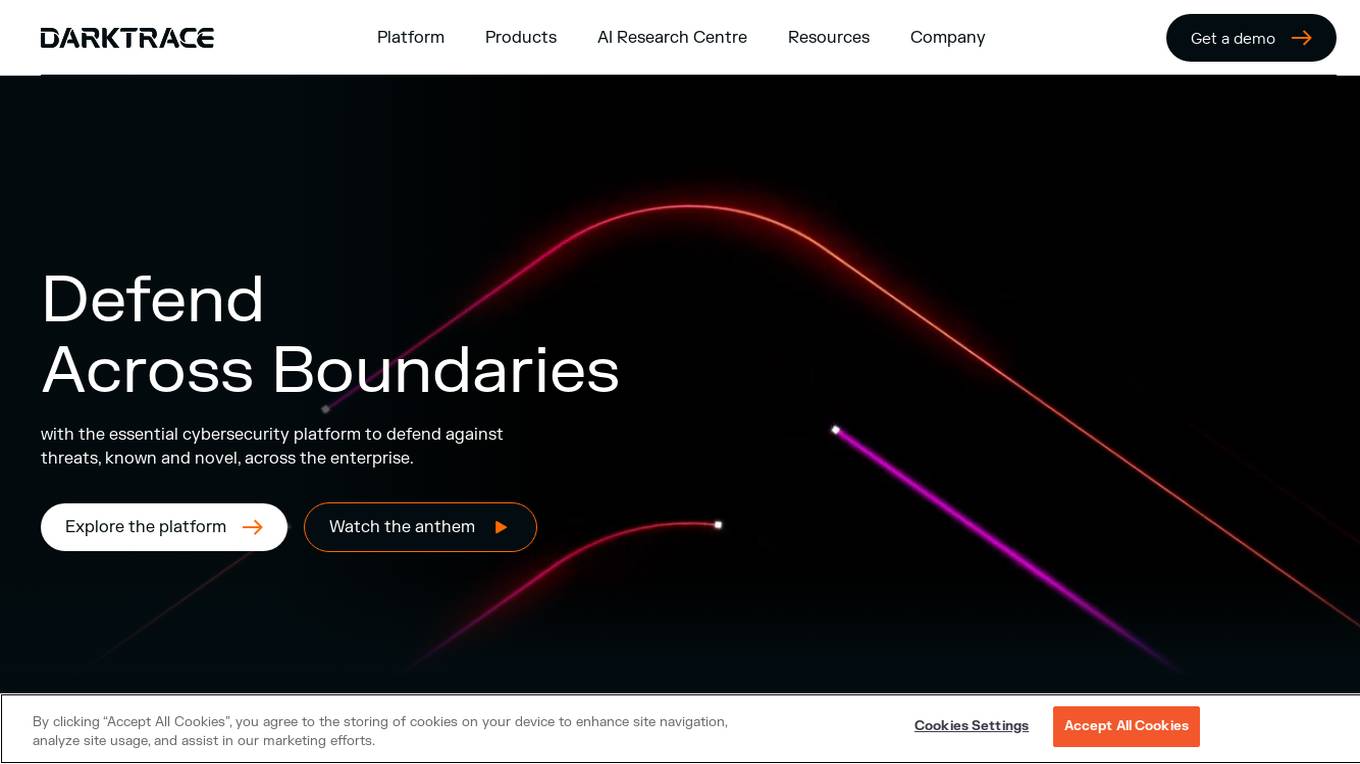
Darktrace
Darktrace is a cybersecurity platform that leverages AI technology to provide proactive protection against cyber threats. It offers cloud-native AI security solutions for networks, emails, cloud environments, identity protection, and endpoint security. Darktrace's AI Analyst investigates alerts at the speed and scale of AI, mimicking human analyst behavior. The platform also includes services such as 24/7 expert support and incident management. Darktrace's AI is built on a unique approach where it learns from the organization's data to detect and respond to threats effectively. The platform caters to organizations of all sizes and industries, offering real-time detection and autonomous response to known and novel threats.
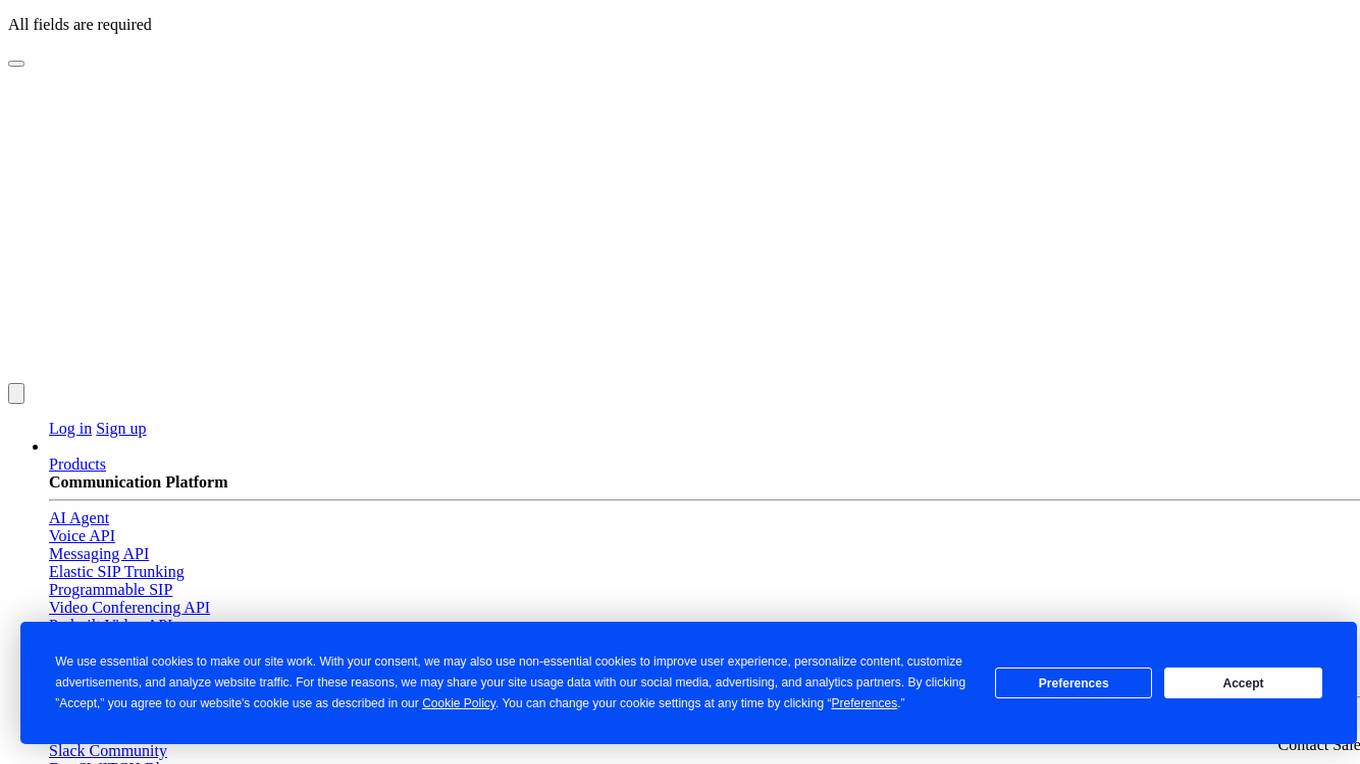
SignalWire
SignalWire is a cloud communications platform that provides a suite of APIs and tools for building voice, messaging, and video applications. With SignalWire, developers can quickly and easily create AI-powered applications without extensive coding. SignalWire's platform is designed to be scalable, reliable, and easy to use, making it a great choice for businesses of all sizes.
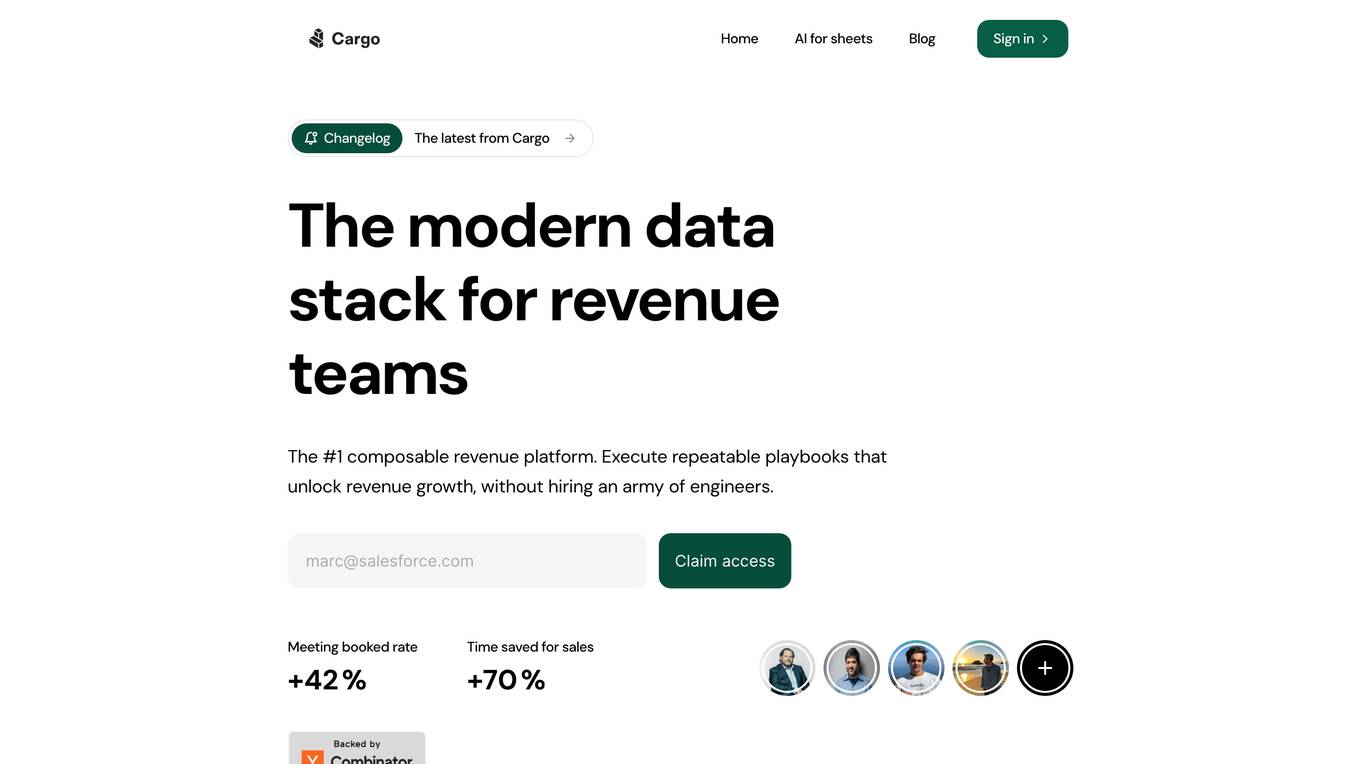
Cargo
Cargo is a revenue operations platform that helps businesses grow their revenue by providing them with the tools they need to segment, enrich, score, and assign leads, as well as automate their revenue operations. Cargo is designed to be easy to use, even for non-technical users, and it can be integrated with a variety of other business tools. With Cargo, businesses can improve their sales performance, increase their efficiency, and make better decisions about their revenue operations.

AngelList
AngelList is a platform that provides tools for investors and innovators to grow their venture funds. It offers solutions for venture funds, SPVs, scout funds, and digital subscriptions, along with full service fund management. With over half of top-tier VC deals running through the platform, AngelList plays a crucial role in fueling innovation and bridging gaps in the VC market.
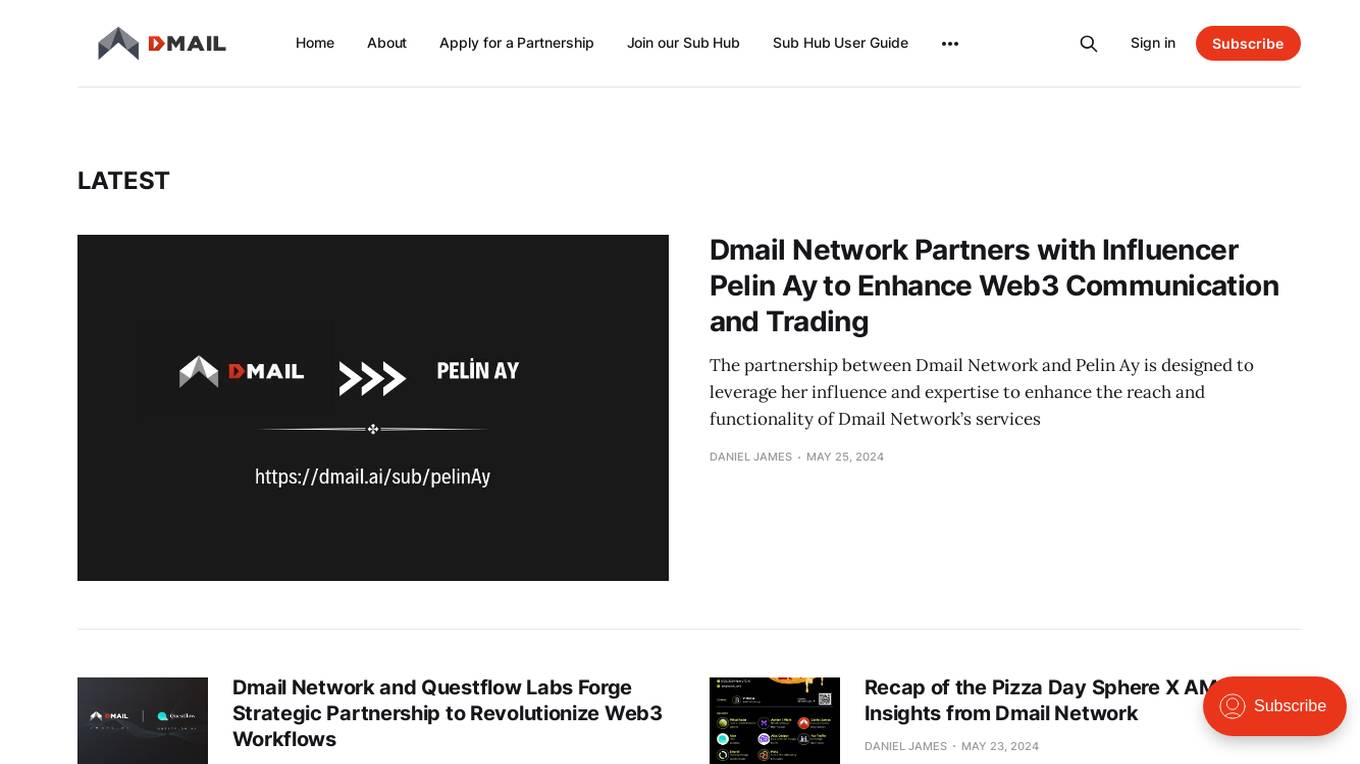
DMAIL.AI (Dmail Network)
DMAIL.AI (Dmail Network) is an AI-powered platform revolutionizing Web3 communications and workflows. It offers a comprehensive suite of services, including Web3 email integration, blockchain adoption, and innovative projects support. The platform collaborates with influencers and AI technologies to enhance connectivity, awareness, and engagement in the digital space. Dmail Network aims to lead innovation in blockchain communication and social finance through strategic partnerships and community initiatives.
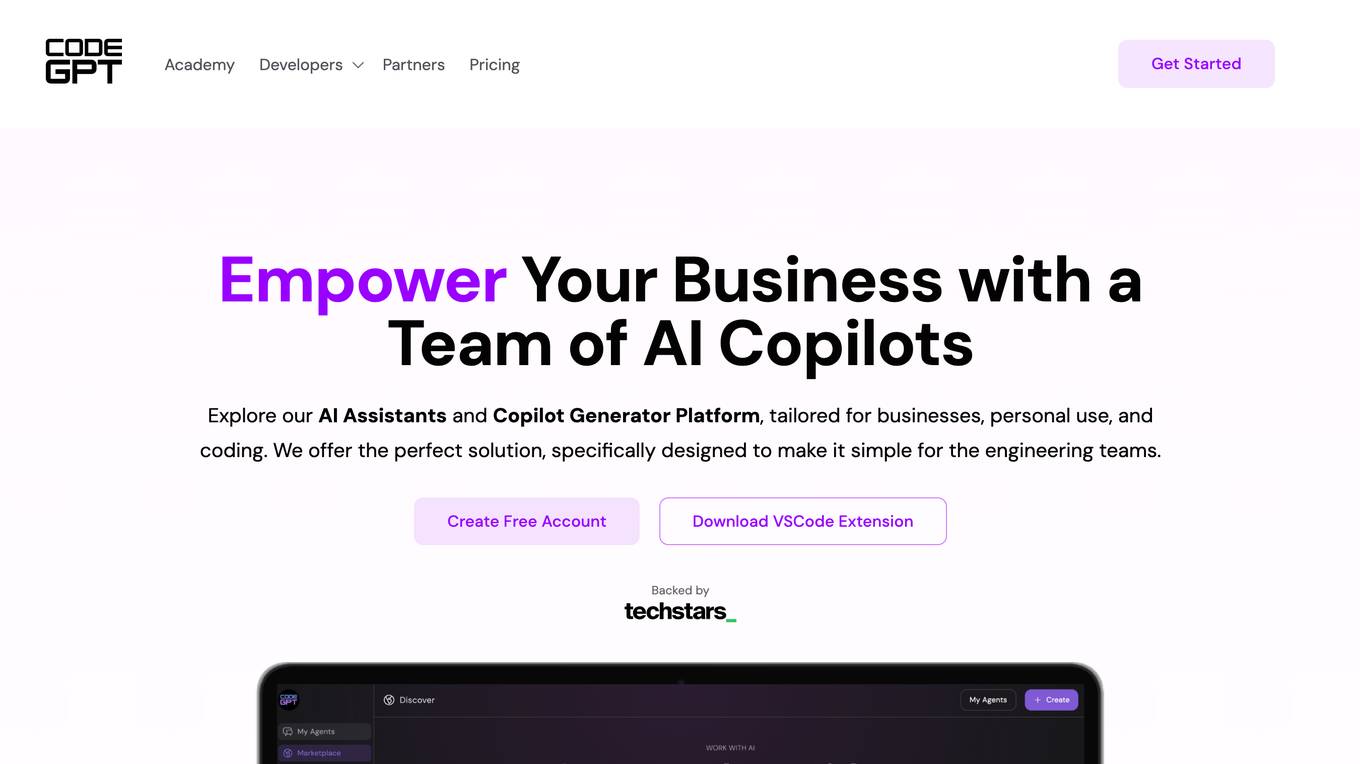
CodeGPT
CodeGPT is a comprehensive AI-powered platform that provides a suite of tools and services designed to enhance business operations and streamline coding processes. It offers a range of AI assistants, known as Copilots, Agents, or GPTs, that can be customized and integrated into various applications. These AI assistants can automate tasks, generate content, provide insights, and assist with coding, among other functions. CodeGPT also features a marketplace where users can explore and discover a wide selection of pre-built AI assistants tailored to specific tasks and industries. Additionally, the platform offers an API for advanced users to integrate AI capabilities into their own custom projects. With its focus on customization, flexibility, and ease of use, CodeGPT empowers businesses and individuals to leverage AI technology to improve efficiency, productivity, and innovation.

Intuitivo
Intuitivo is an AI/Computer Vision company building the future of retail, designing the perfect one-on-one shopping experience. We aim to create a connected, physical point of contact by meeting your client halfway; no lines, no friction. Our A-POPs facilitate seamless, cash-free purchases that naturally incorporate themselves into any customer’s routine. It’s simple, fully automated, and digitally intuitive.
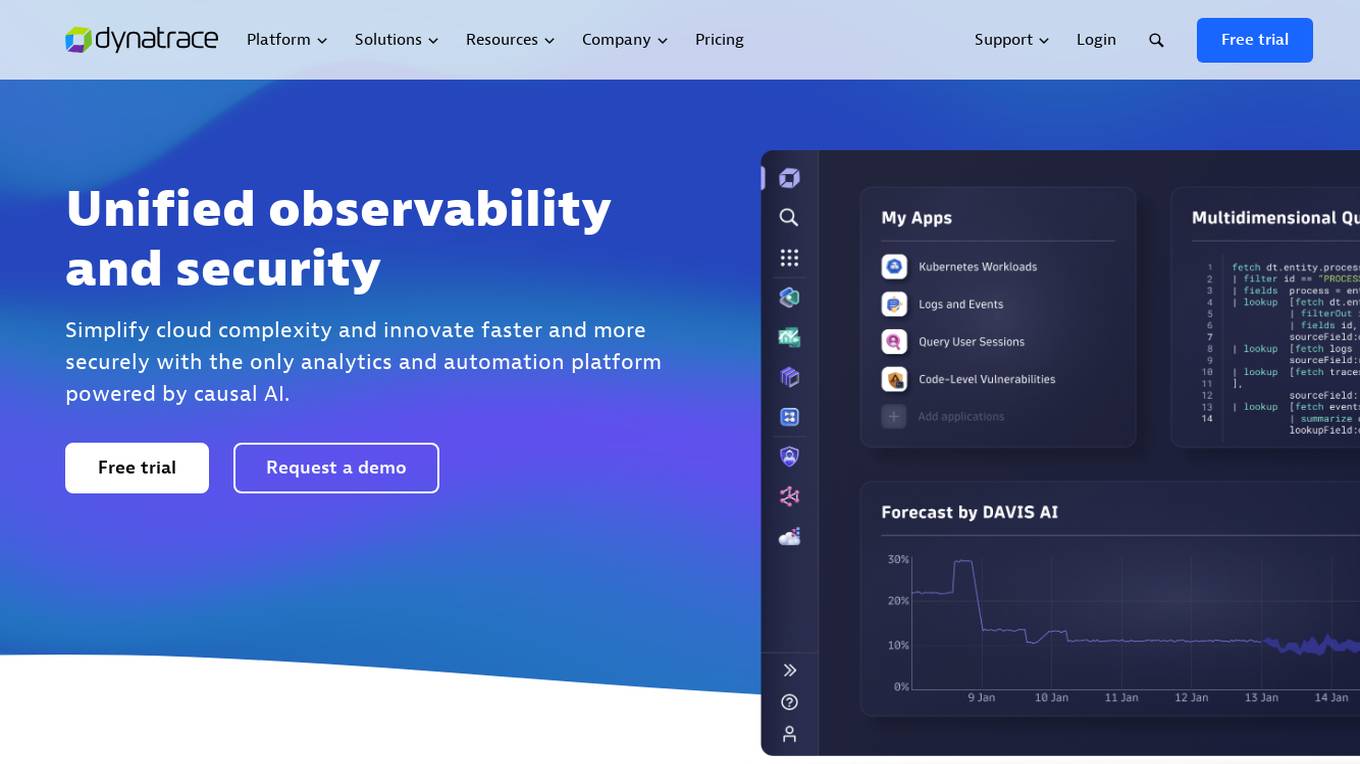
Dynatrace
Dynatrace is a modern cloud platform that offers unified observability and security solutions to simplify cloud complexity and drive innovation. Powered by causal AI, Dynatrace provides analytics and automation capabilities to help businesses monitor and secure their full stack, solve digital challenges, and make better business decisions in real-time. Trusted by thousands of global brands, Dynatrace empowers teams to deliver flawless digital experiences, drive intelligent cloud ecosystem automations, and solve any use-case with custom solutions.
0 - Open Source Tools
20 - OpenAI Gpts
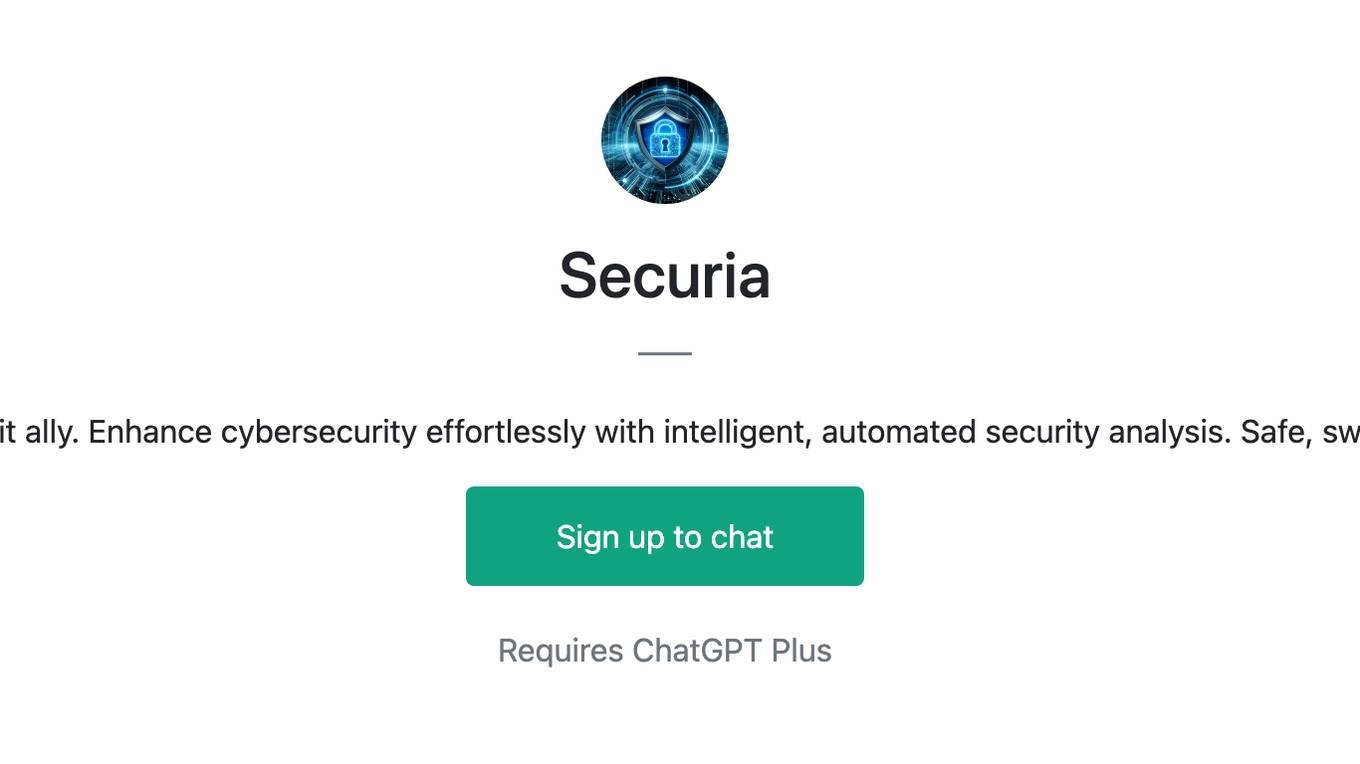
Securia
AI-powered audit ally. Enhance cybersecurity effortlessly with intelligent, automated security analysis. Safe, swift, and smart.
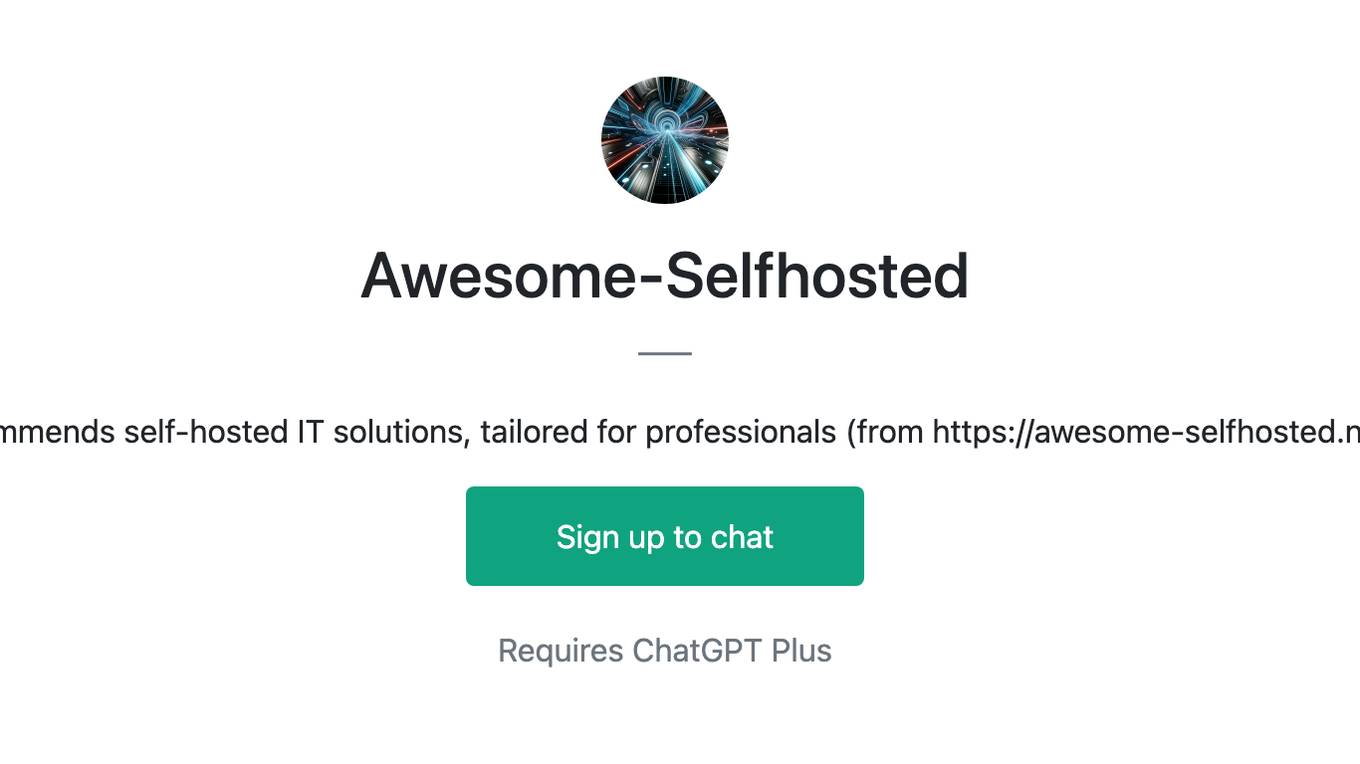
Awesome-Selfhosted
Recommends self-hosted IT solutions, tailored for professionals (from https://awesome-selfhosted.net/)
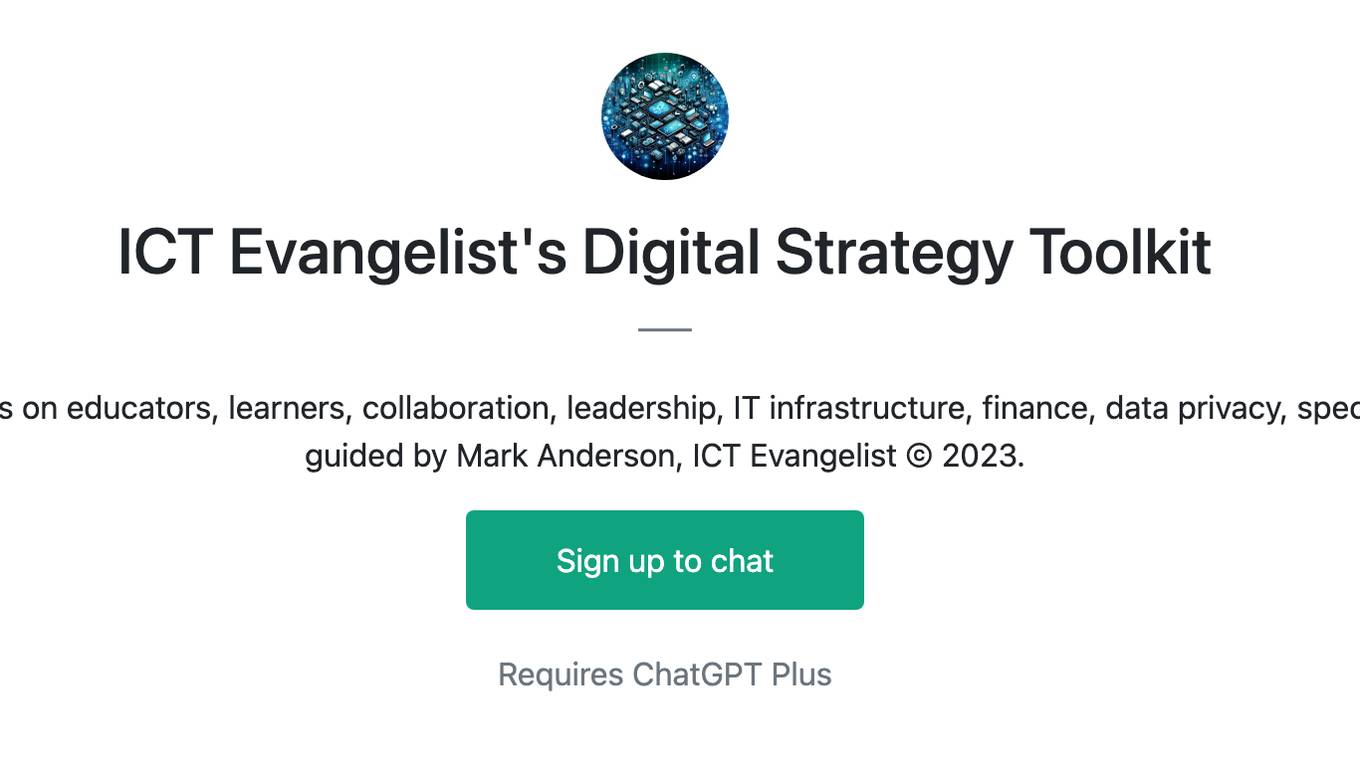
ICT Evangelist's Digital Strategy Toolkit
Guiding schools in digital strategy with focus on educators, learners, collaboration, leadership, IT infrastructure, finance, data privacy, special education, online safety, school board, guided by Mark Anderson, ICT Evangelist © 2023.
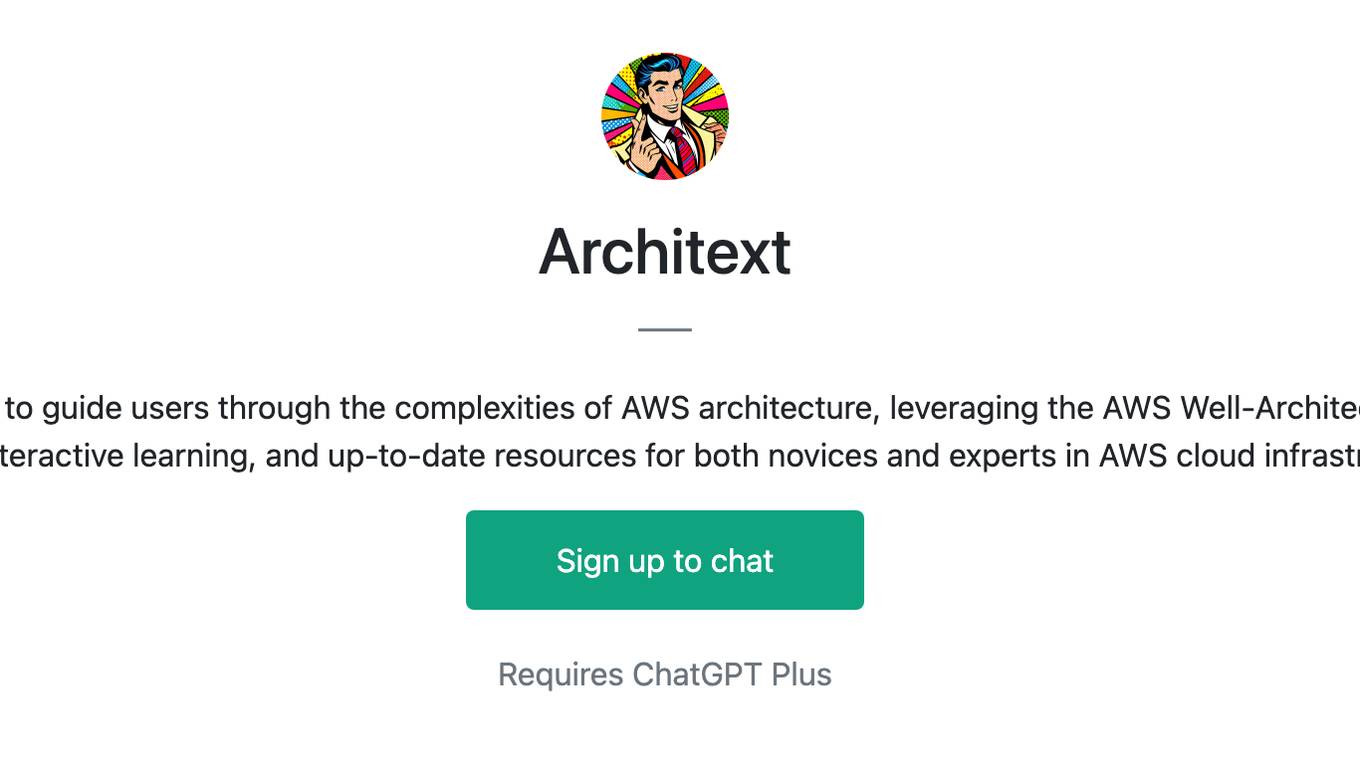
Architext
Architext is a sophisticated chatbot designed to guide users through the complexities of AWS architecture, leveraging the AWS Well-Architected Framework. It offers real-time, tailored advice, interactive learning, and up-to-date resources for both novices and experts in AWS cloud infrastructure.
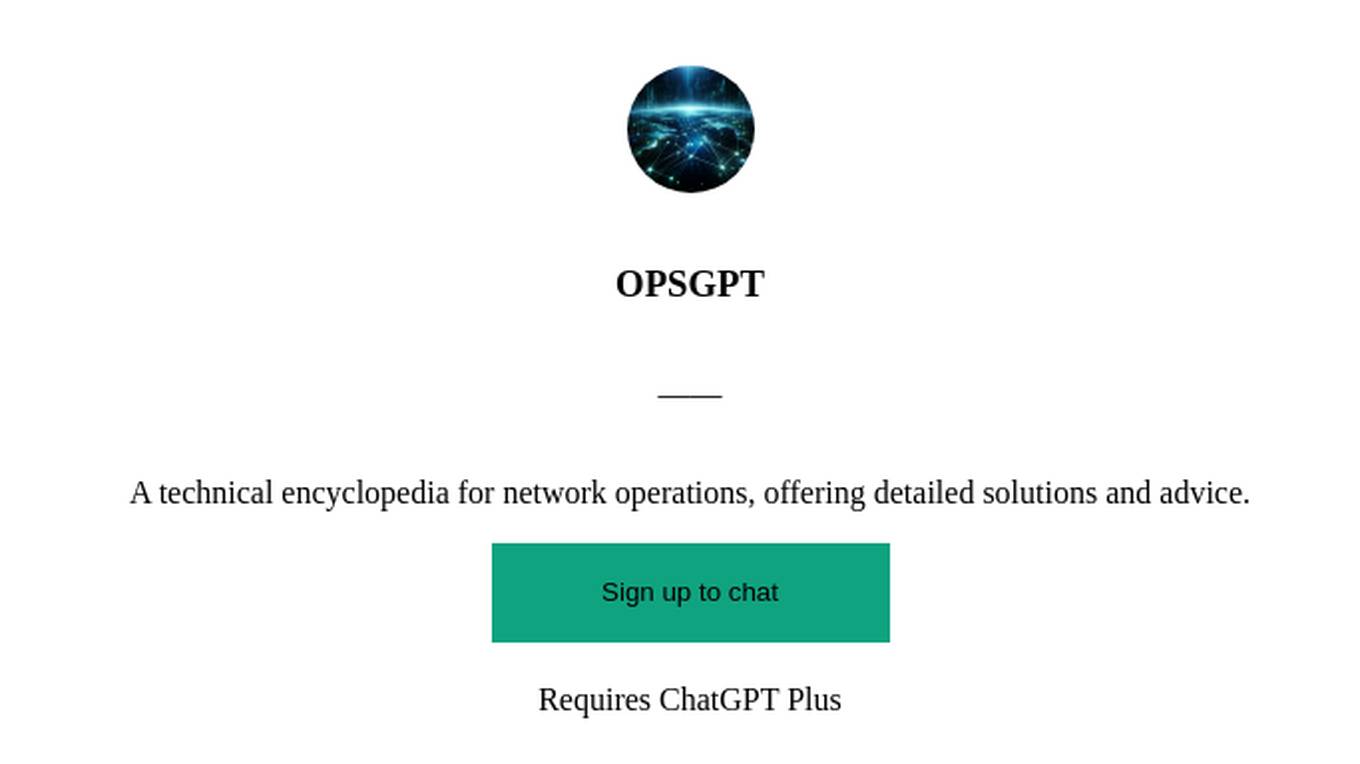
OPSGPT
A technical encyclopedia for network operations, offering detailed solutions and advice.

IT Career Genie
A professional GPT for IT resume advice, with the latest career skill tips
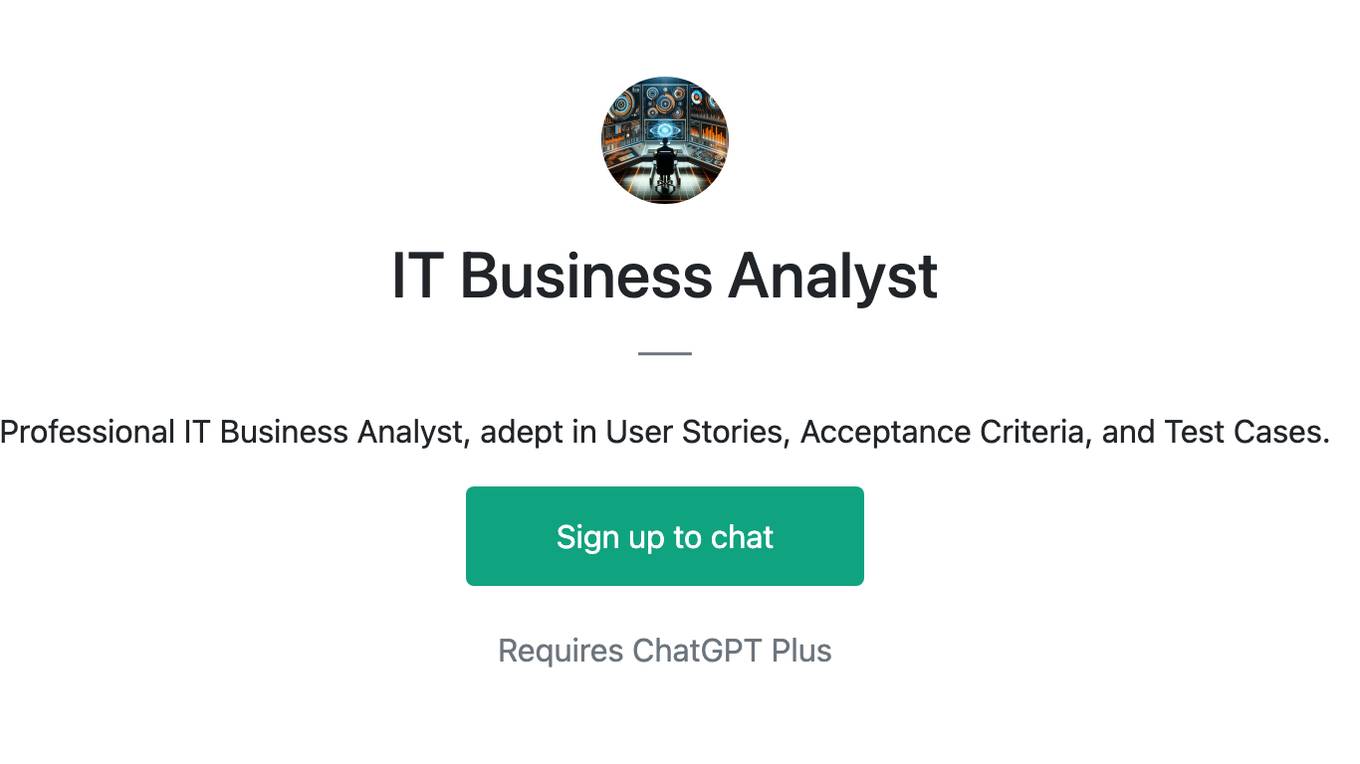
IT Business Analyst
Professional IT Business Analyst, adept in User Stories, Acceptance Criteria, and Test Cases.
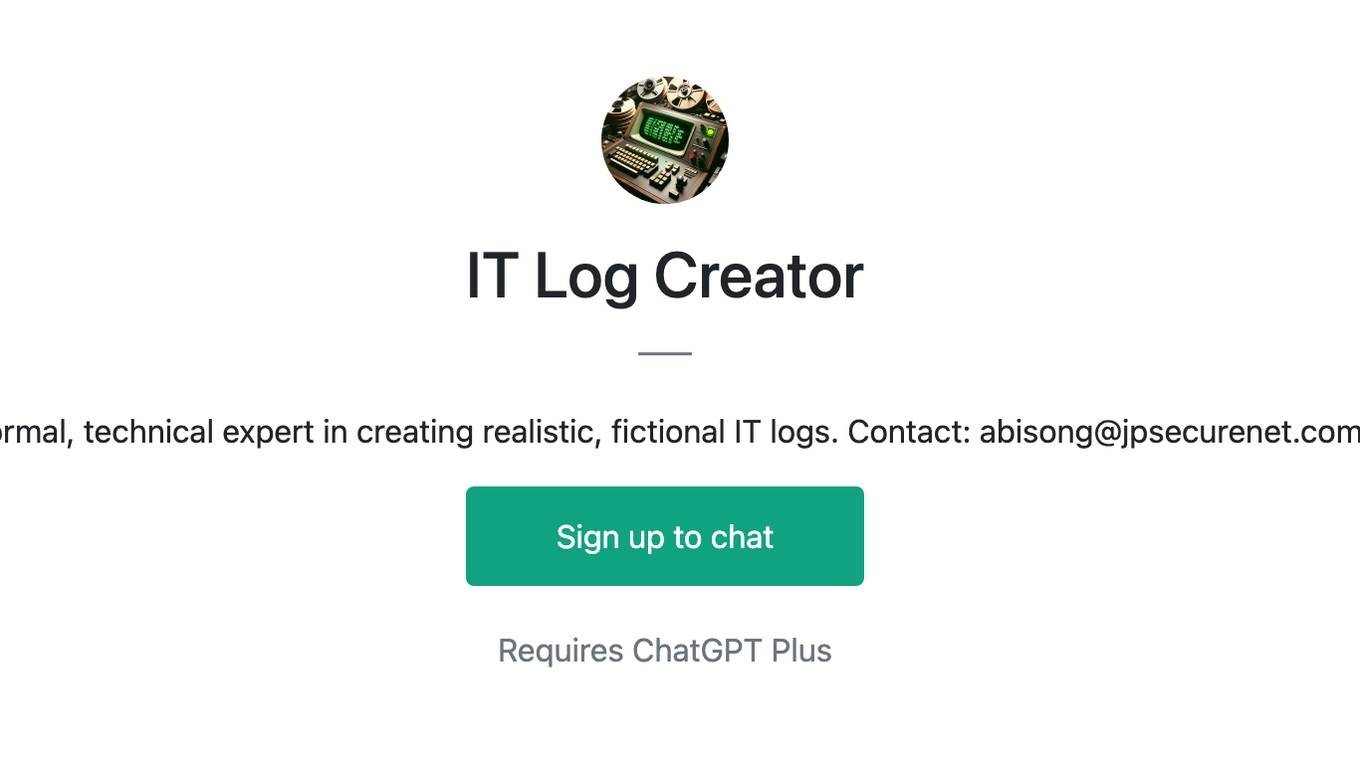
IT Log Creator
Formal, technical expert in creating realistic, fictional IT logs. Contact: [email protected]
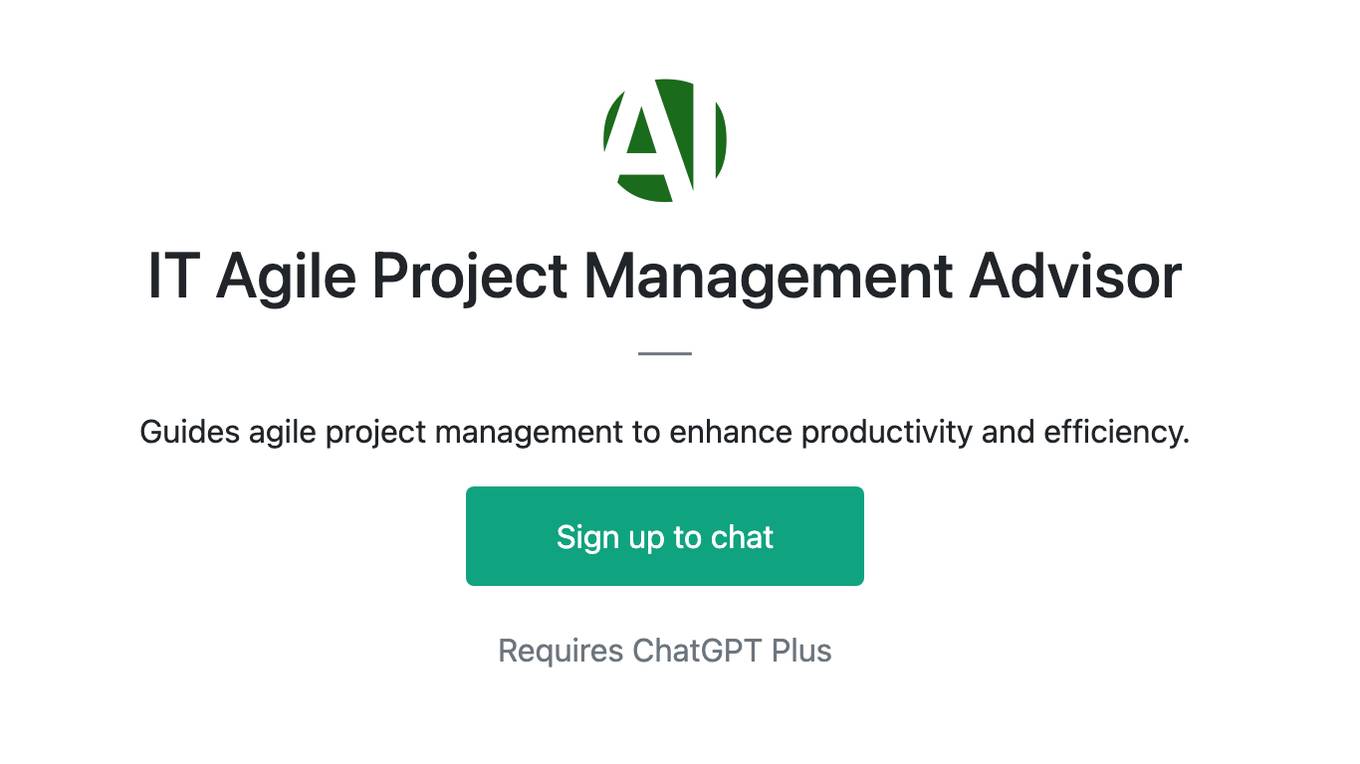
IT Agile Project Management Advisor
Guides agile project management to enhance productivity and efficiency.
